Table of Contents
What is Hypertension?
Hypertension which we can also call High Blood Pressure happens when your blood pressure increases to an unhealthy level. Your blood pressure measurement considers how much blood passes through your blood vessels and the amount of resistance it meets while the heart is pumping.
Furthermore, narrow arteries increase resistance. Thus, the narrower your arteries are, the higher your blood pressure. After some time, the increased pressure can lead to health issues like heart disease.
Hypertension is a very common health challenge. It usually grows over a period of several years. Usually, no symptoms are noticed. However, even without symptoms, high blood pressure can cause harm to the blood vessels and organs, especially the brain, eyes, heart, and kidneys.
Also, detecting this health condition early is very important. Checking your blood pressure readings often could help you and your doctor note any changes early enough. If your blood pressure is high, your doctor might insist that you check your blood pressure for a few weeks to see if the number stays high or if it goes back to normal levels.
Again, there are dietary recommendations for people with high blood pressure. This has to do with recommending foods that reduce high blood pressure and foods to avoid with high blood pressure. This is important because what you eat can go a long way in either easing or eliminating hypertension.
Additionally, there are high blood pressure home remedies you can adhere to. They also help reduce high blood pressure.
In addition, the treatment of hypertension has to do with both prescription of medication and healthy lifestyle changes. If it is not treated, it could cause health issues like a heart attack or stroke.
Hypertension Medical Definition
According to Medscape.com, High blood pressure (BP), or hypertension, is defined by two levels by 2017 American College of Cardiology/American Heart Association (ACC/AHA) guidelines :
(1) elevated BP, with a systolic pressure (SBP) between 120 and 129 mm Hg and diastolic pressure (DBP) less than 80 mm Hg, and
(2) stage 1 hypertension, with an SBP of 130 to 139 mm Hg or a DBP of 80 to 89 mm Hg.
Symptoms of Hypertension

Generally, Hypertension is a silent condition. A lot of people do not experience any symptoms. It might be years or even decades before it gets to levels severe enough to prompt obvious symptoms. However, these symptoms might be connected to other issues.
The Symptoms of Hypertension could include the following:
- Headaches
- Flushing
- Dizziness
- Blood in the Urine
- Chest Pain
- Visual Changes
- Shortness of Breath
- Nosebleeds
These symptoms demand immediate medical attention. Even though they do not occur in everyone with hypertension, waiting for a symptom to appear before you take action could be dangerous.
Hence, the best way to find out if you have hypertension is to regularly check your blood pressure readings. A lot of doctors’ offices take blood pressure readings at every appointment.
Furthermore, if you have a yearly physical only, speak to your doctor about your risks for hypertension and other readings you might require to help you monitor your blood pressure.
For instance, if you have a family history of heart disease or have risk factors for developing the condition, your doctor might suggest that you check your blood pressure twice a year. This will help you and your doctor become aware of any possible problems before they become severe.
Hypertension Types and Their Causes
In this part of this article, we will take a look at the Types and Causes of Hypertension. There are two (2) types of Hypertension and each has a different cause.
Primary Hypertension
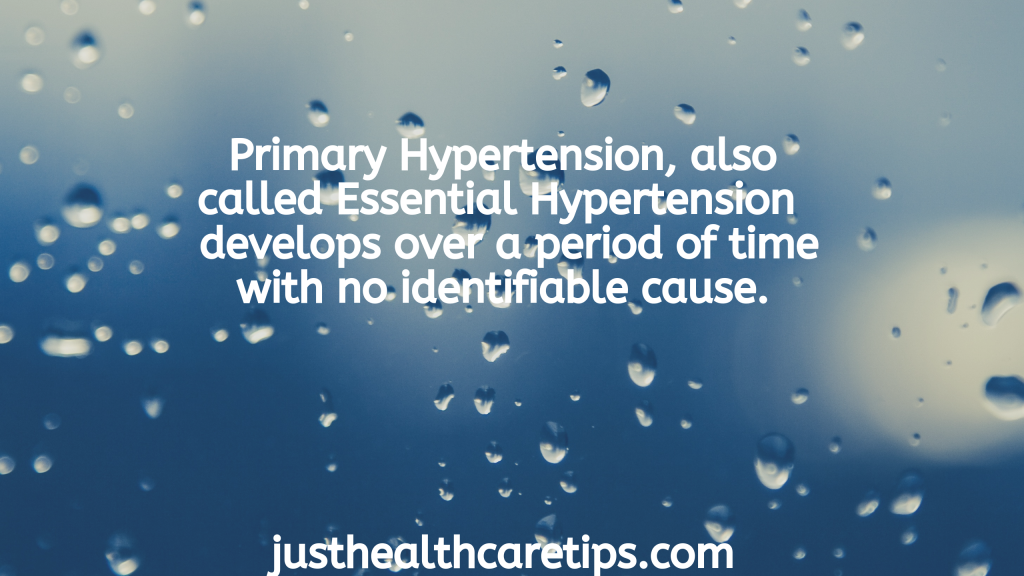
This health condition is also called Essential Hypertension. It develops over a period of time with no identifiable cause. A lot of people have this type of high blood pressure.
Furthermore, researchers are still not sure of the mechanisms that make blood pressure to slowly increase. A combination of factors could play a role. These factors are as follows:
- Genes: Some people are genetically prone to Hypertension. This might be due to gene mutations or genetic abnormalities they got from their parents.
- Physical Changes: When something in your body changes, you might start to experience issues throughout your body. High blood pressure could be one of those issues. For instance, it’s believed that changes in your kidney function due to age might alter the body’s natural balance of salts and fluid. This change might make your body’s blood pressure increase.
- Environment: Over time, unhealthy lifestyle choices such as lack of physical activity and poor diet can affect your body. Lifestyle choices can cause weight problems. And, being overweight or obese can increase your risk of developing hypertension.
Secondary Hypertension
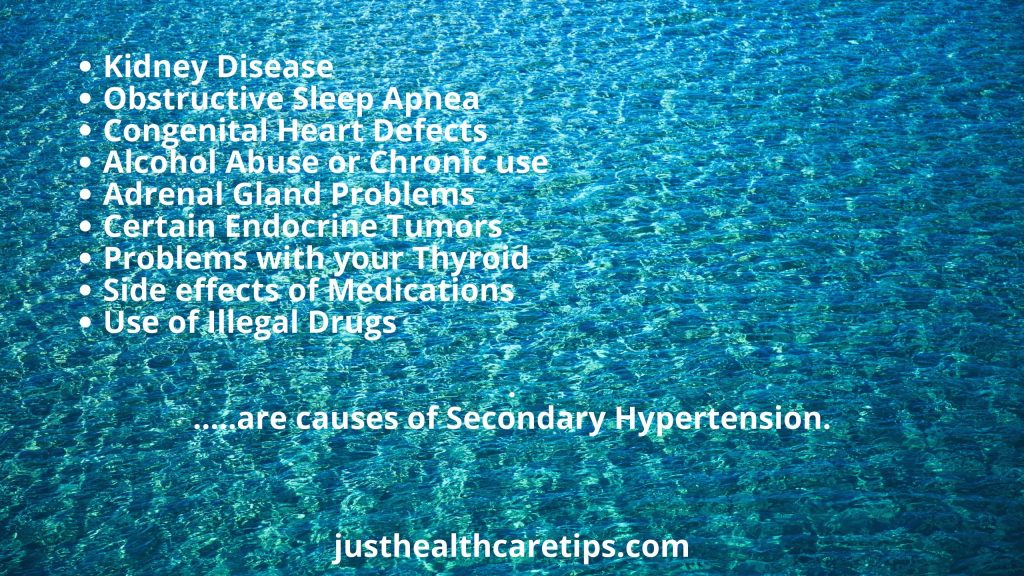
Secondary Hypertension, most of the time, occurs very quickly and can become more severe than Primary Hypertension.
There are several conditions that might lead to this health condition. Some of the Causes of Secondary Hypertension include:
- Kidney Disease
- Obstructive Sleep Apnea
- Congenital Heart Defects
- Alcohol Abuse or Chronic use
- Adrenal Gland Problems
- Certain Endocrine Tumors
- Problems with your Thyroid
- Side effects of Medications
- Use of Illegal Drugs
Hypertension Effects on the Body
Hypertension puts too much pressure on the walls of the artery. This can damage your blood vessels, as well as organs in your body.
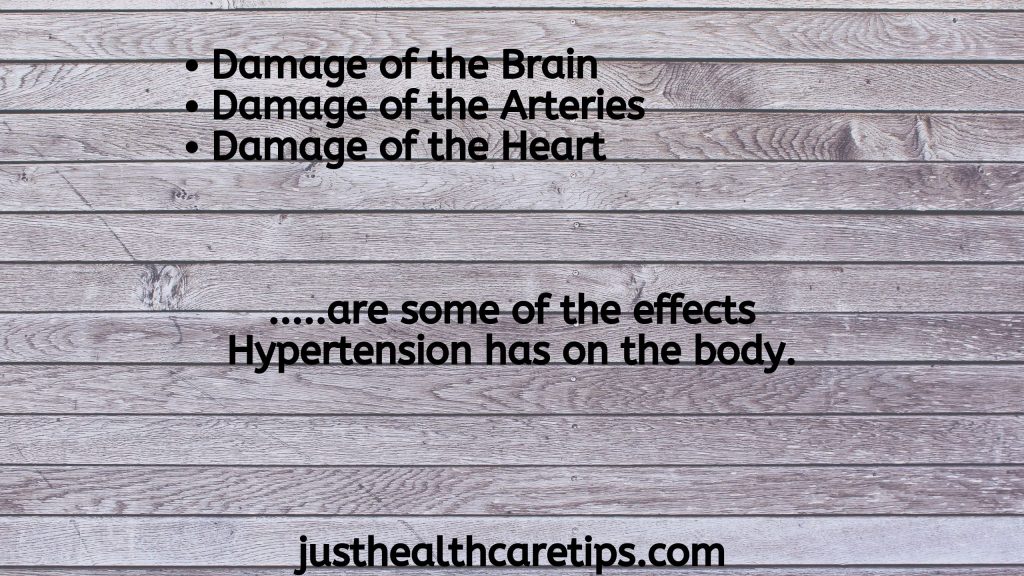
Furthermore, the higher your blood pressure and the longer it goes uncontrolled, the greater the damage caused.
When High Blood Pressure is not controlled, it can lead to complications. Some of these Hypertension effects on the Body are:
#1. Damage of the Brain
The brain depends on the healthy supply of oxygen-rich blood to function well. Hypertension can reduce the brain’s supply of blood.
Furthermore, a temporary blockage of blood flow to the brain is called a Transient Ischemic Attack (TIA). Significant blockage of blood flow can cause the brain cells to die. This is called a stroke.
Again, Hypertension, when not controlled, might affect your memory and ability to learn, recall, speak, and reason. Treating hypertension usually doesn’t erase or reverse the effects of uncontrolled hypertension. However, what it does is lower the risks for future problems.
#2. Damage of the Arteries
Healthy arteries are not only strong but flexible too. Blood flows freely without obstruction through healthy arteries and vessels.
Hypertension is an enemy to healthy arteries. It makes arteries tighter, tougher, and less elastic. This makes it easier for dietary fats to deposit in your arteries and inhibit blood flow.
Also, this damage can cause increased blood pressure, blockages, and, finally, heart attack, and stroke.
#3. Damage of the Heart
Hypertension causes your heart to work too hard. The increased pressure in your blood vessels makes your heart’s muscles pump more quickly and with more force than a healthy heart should pump with.
Furthermore, this might cause an enlarged heart. An enlarged heart increases your risk of having heart failure, arrhythmias, sudden cardiac death, and heart attack.
Diagnosing High Blood Pressure
Diagnosing hypertension is as easy as taking a blood pressure reading. A lot of doctors’ offices include blood pressure checks in routine visits. Thus, if you do not receive a blood pressure reading at your next appointment, ask for one.
Also, if your blood pressure is high, your doctor might suggest you have more readings over a period of days or weeks. A hypertension diagnosis is hardly given after just one reading. Your doctor needs to see proof of a sustained problem. This is because your environment can contribute to Hypertension. An example is the stress you might feel by being at the doctor’s office. Furthermore, blood pressure levels change all throughout the day.
In addition, if your blood pressure stays high, your doctor will likely carry out more tests to rule out underlying conditions. These tests help in hypertension diagnosis and can include:
- Cholesterol screening and other blood tests
- Test of your heart’s electrical activity using an Electrocardiogram (EKG, at times, it is seen as an ECG)
- Ultrasound of the heart or kidneys
- Urine test
Again, these tests can help your doctor pick out any secondary issues causing your blood pressure to increase. They can also examine the effects high blood pressure might have had on your organs.
At this point, your doctor might start to treat your hypertension. Undergoing treatment early might lessen your risk of lasting damage.
High Blood Pressure Readings
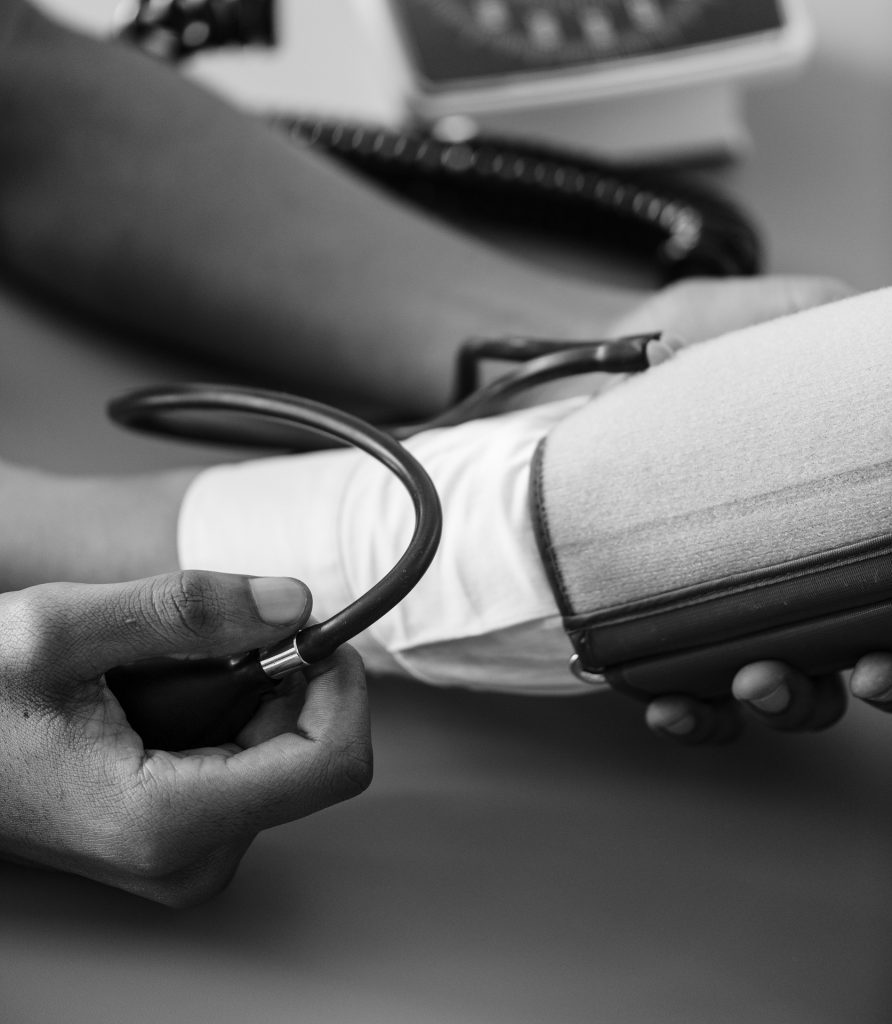
In this part of this article, we will talk about how to understand high blood pressure readings. Two numbers form a blood pressure reading.
They are as follows:
Systolic Pressure
This is the first (or top) number. It shows the pressure in your arteries when your heart beats and pumps blood.
Diastolic Pressure
This is the second (or bottom) number. It is the reading of the pressure in your arteries between the beats of your heart.
There are five (5) categories that define blood pressure readings for adults:
- Healthy: Any healthy blood pressure reading is lower than 120/80 millimeters of mercury (mm Hg).
- Elevated: This occurs when the Systolic number is between 120 and 129 mm Hg, and the Diastolic number is smaller than 80 mm Hg. Usually, doctors do not treat elevated blood pressure using the approach of medication. Rather, they might encourage lifestyle changes to help reduce your numbers.
- Stage One Hypertension: This occurs when the Systolic number is found between 130 and 139 mm Hg, or when the Diastolic number is between 80 and 89 mm Hg.
- Stage Two Hypertension: This happens when the Systolic number is 140 mm Hg or above, or when the Diastolic number is 90 mm Hg or higher.
- Hypertensive Crisis: This is a situation where the Systolic number is over 180 mm Hg, or when the diastolic number is higher than 120 mm Hg. This range of blood pressure needs immediate medical attention. Also, if symptoms like chest pain, headache, shortness of breath, or visual changes occur when blood pressure is this high, medical care in the emergency room is necessary.
Furthermore, a blood pressure reading is taken using a pressure cuff. For accurate readings, it’s very important that you have a cuff that fits. This is because an ill-fitting cuff might give inaccurate readings.
In addition, blood pressure readings vary for children and teenagers. Thus, you should ask your child’s doctor for the healthy ranges for your child if you’re asked to monitor their blood pressure.
Hypertension Treatment
To begin with, a number of factors help doctors choose the best treatment options for Hypertension cases.
These factors are – the type of hypertension you have and what causes have been found.
Primary Hypertension Treatment
If your doctor diagnoses you with Primary Hypertension, changing your lifestyle might help lower your high blood pressure.
However, if lifestyle changes alone are not enough, or if they stop being effective, your doctor might recommend that you take medication.
Secondary Hypertension Treatment
It is possible for your doctor to discover an underlying issue causing your hypertension. Hence, treatment will focus on that other condition. To illustrate, if a medicine you’ve begun to take is causing increased blood pressure, your doctor will recommend you try other medicines that don’t have this side effect.
Sometimes, hypertension can persist even after treatment of the underlying cause. For this reason, doctors might work with their patients to change their lifestyle. They might also prescribe medications to help reduce their blood pressure.
Furthermore, treatment options for hypertension usually change. What worked at first may become less useful after a period of time. Thus, your doctor will continue to assist you to refine your treatment.
Medication for Hypertension
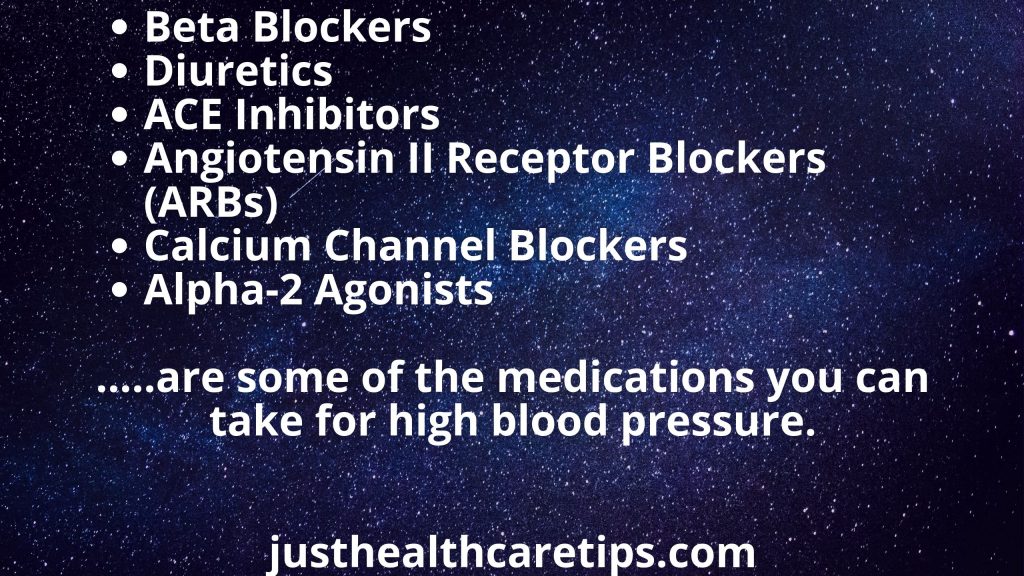
A lot of people go through the trial and error phase with blood pressure medications. You might have to try different medications until you find a medication or a combination of medications right for you.
Some of the medication you can take for hypertension are:
#1. Beta-Blockers
Beta-blockers causes your heart to beat slowly and with little force. This lessens the amount of blood pumped through your arteries with each beat. This, in turn, reduces blood pressure. Also, it blocks some hormones in your body that can increase your blood pressure.
#2. Diuretics
High sodium levels and too much fluid in your body can increase your blood pressure. Diuretics or water pills as some call it, help your kidneys remove excess sodium from your body. As the sodium leaves, the extra fluid in your bloodstream moves into your urine. This helps reduce your blood pressure.
#3. ACE Inhibitors
Angiotensin is a chemical that makes blood vessels and artery walls tighten and narrow. Angiotensin-Converting Enzyme (ACE) inhibitors stop the body from producing too much of this chemical. This helps to relax the blood vessels, thereby, reducing blood pressure.
#4. Angiotensin II receptor blockers (ARBs)
The role of ARBs is different from ACE inhibitors. ARBs block angiotensin from binding with receptors while ACE inhibitors aim to stop the creation of Angiotensin. Without the chemical, blood vessels cannot tighten. And, that helps to relax vessels and reduce blood pressure.
#5. Calcium Channel Blockers
These are medications that prevent some of the calcium from entering the cardiac muscles of your heart. Furthermore, this leads to less forceful heartbeats and lower blood pressure readings. They also work in the blood vessels, making them relax and further reducing your blood pressure.
#6. Alpha-2 Agonists
Alpha-2 Agonists are a type of medication that alters the nerve impulses that make blood vessels tighten. This helps the blood vessels to relax, which in turn, reduces blood pressure.
High Blood Pressure Home Remedies
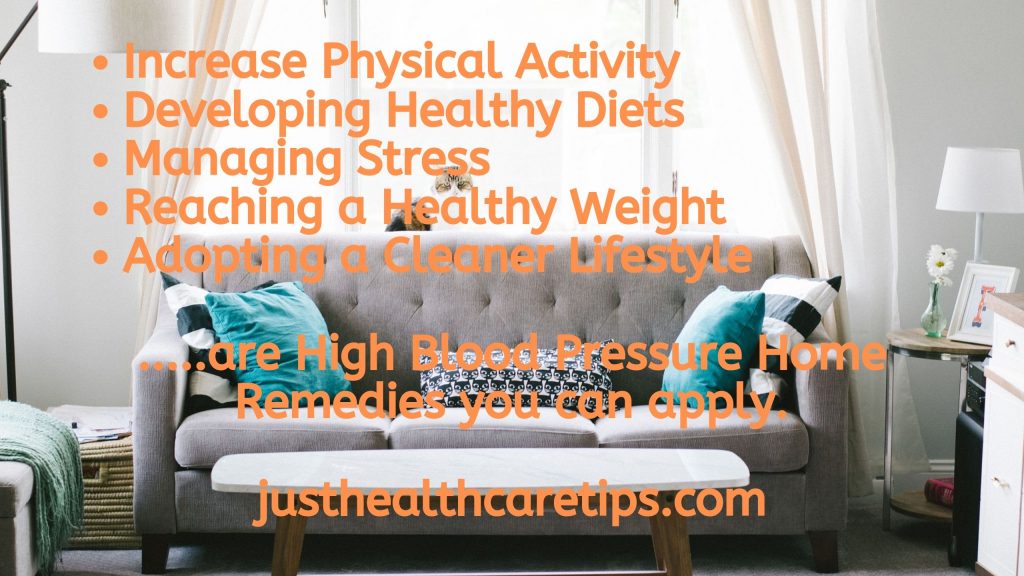
Healthy lifestyle changes can help you control the factors that cause hypertension. Here are some of the most common high blood pressure or hypertension home remedies.
#1. Increase Physical Activity
The first of the high blood pressure home remedies we’ll talk about is increasing physical activity. Achieving a healthy weight includes being physically more active.
Apart from helping you shed off a few pounds, exercise can help to reduce stress, naturally reduce your blood pressure, and also strengthen your cardiovascular system.
Try to get 150 minutes of moderate physical activity weekly. This means you should get about 30 minutes five times every week.
#2. Developing Healthy Diets
The second of the hypertension home remedies we will talk about is developing a healthy diet. Heart-healthy diets are important for reducing high blood pressure.
Again, it’s also vital for managing hypertension under control and lowering the risk of complications. These complications could be a stroke, heart disease, and heart attack.
A heart-healthy diet focuses on foods made up of fruits, lean proteins like fish, whole grains and vegetables.
#3. Managing Stress
Managing stress is also one of the high blood pressure home remedies. Exercise is a great way to achieve this. Other activities can also be of help. Good examples of these activities are:
- Deep Breathing
- Massage
- Yoga or Tai Chi
- Meditation
- Muscle Relaxation
These are stress-reducing techniques that have all been proven. Getting enough sleep can also assist with reducing stress levels.
#4. Reaching a Healthy Weight
Reaching a healthy weight is also part of hypertension home remedies. Thus, if you are overweight, weight loss through heart-healthy diets and increased physical activity can help reduce your blood pressure.
#5. Adopting a Cleaner Lifestyle
Having a clean lifestyle is part of high blood pressure home remedies. If you’re a smoker, try to quit. The chemicals in tobacco smoke damage the body’s tissues and harden blood vessel walls.
If you regularly consume too much alcohol or have an alcohol dependency, seek help to reduce the amount you drink or stop altogether. Alcohol can raise blood pressure.
It is very important to know your dietary recommendations for high blood pressure especially if you are hypertensive.
One of the easiest ways to treat hypertension and avoid possible complications is through your diet. What you eat can play a very important role in easing or removing hypertension.
In this section of this article, we would talk on foods to avoid with high blood pressure and foods that help reduce high blood pressure.
Foods To Avoid With High Blood Pressure
Diets can play big roles in one developing high blood pressure. Diets rich in fat and calories can lead to obesity. This is a common risk factor for the development of hypertension.
Below are foods to avoid with high blood pressure. Try as much as you can to avoid them.
#1. Alcohol
To the surprise of everyone, taking alcohol can actually reduce heart disease risk. All you need to do is to consume it moderately and in recommended amounts. Two servings per day for men and one serving for women is advisable.
Too much alcohol can lead to initial dehydration weight gain in the long run. This, in turn, increases blood pressure.
#2. Canned Beans
Canned beans are loaded with sodium for the purpose of preservation. When buying it, rinse the beans in a colander under running water. This can help wash away most of the salt.
#3. Bacon
Bacon is also one of the foods to avoid with high blood pressure. About three slices of regular old bacon contain roughly 4.5 grams of fat and 270 milligrams of sodium.
#4. Cheese
Before you consume a bunch of solidified cow juice, bear the following facts about cheese and its heart-harming saltiness in mind.
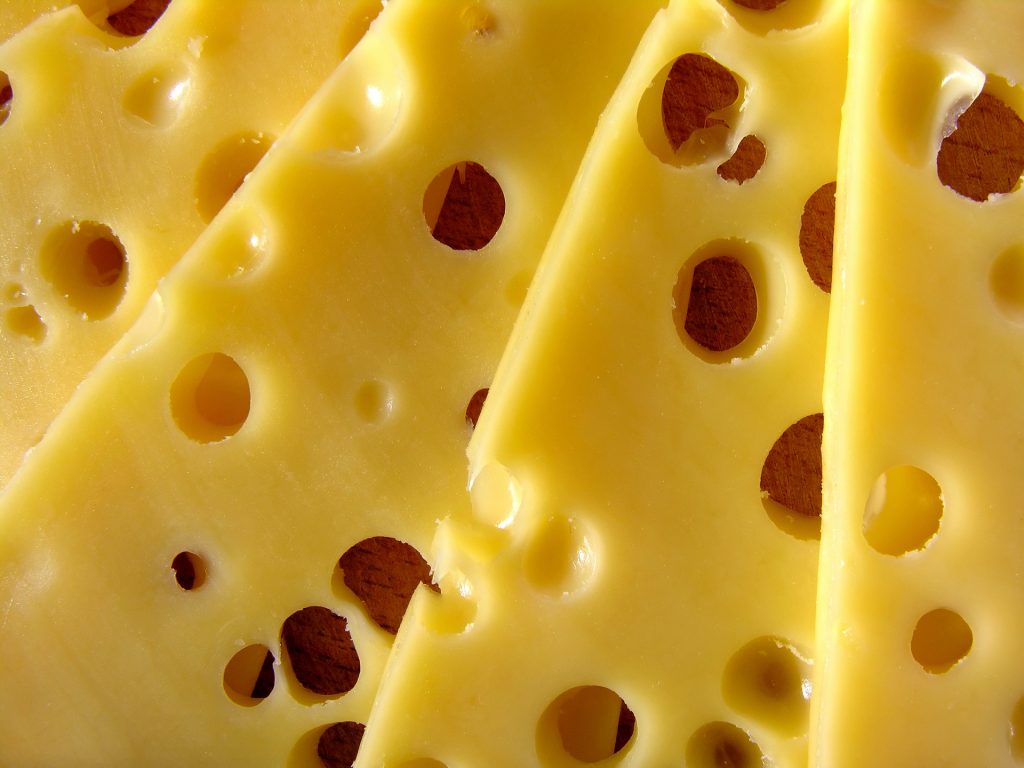
Roquefort cheese, as awesome as it may taste, contains 507 milligrams of sodium in a 28- gram serving.
Furthermore, next time you want to decide the better cheese, choose grilled cheese and bear those numbers in mind.
#5. Premade Soups
Despite how highly we promote nutritious veggies, soups can be filled with sodium and salt.
Also, unlike canned beans, the salt content cannot be reduced since soups cannot be rinsed.
Furthermore, when you select soups, try to find products low in sodium or less salt.
Additionally, you can take advantage of the nutrition facts label.
#6. Canned or Bottled Tomato Products
These are also foods to avoid with high blood pressure. Ketchup, Tomato sauces, and Pastes usually have high volumes of salt.
Additionally, for ingredients and salt control, make your own dishes with fresh or rinsed, canned tomatoes.
#7. Packaged and Processed Meats
Meats that are prepackaged like hot dogs and breakfast sausages are usually full of sodium.
However, despite the misbelief that deli meats like turkey, might serve as a source of lean protein, added salt is common.
Thus, avoid the hidden sodium by buying directly from a butcher rather than from the refrigerated section of a grocer.
#8. North American Style Chinese Food
As much as everyone else, we enjoy eating their many, different, and delicious offerings. However, North American style Chinese food is heavily loaded with sodium (MSG), and it is the main reason their food tastes so good.
A common main course like beef and broccoli can contain almost 3,000 milligrams of sodium. When you add soy sauce, add an extra 1,000 milligrams.
Furthermore, to a great deal, this type of salt load can increase blood pressure. It can also make you retain excess fluid.
Thus, try ordering your toppings on the side and your meats and vegetables steamed instead of fried and spread in salty, sugary sauces.
#9. Coffee
Coffee is also part of foods to avoid with high blood pressure. Beverages that contain Caffeine like coffee cause a significant spike in blood pressure.

This is something that’s bad for the heart and can also cause your libido to come down.
Also, Caffeine might cause the adrenal glands to release excess cortisol. In addition, adrenaline substances that typically cause a further rise in blood pressure.
#10. Frozen Meals
Pizzas, chicken strips, and individually frozen entrees are meals found in the freezer section. They are not only full of unwanted ingredients but also with sodium.
Furthermore, even the so-called “healthy” meals still tend to have a high amount of sodium.
#11. Cured Hams
Cured Ham is another food among foods to avoid with high blood pressure. A 28-gram serving of boneless Cured Ham contains 15 grams of fat and 172 milligrams of sodium.
Furthermore, that serving is a measly ounce. This means a moderately portioned four-ounce slice of ham contains approximately 688 grams of Sodium.
Hence, people should reduce their intake. Saving tasty ham recipes for holidays like Easter can be suggested.
#12. Pastries
To begin with, Pastries are foods to avoid with high blood pressure. Doughnuts, cakes, and cookies are good examples of Pastries. They are full of sugar along with fat.

Additionally, their combination can cause excessive weight gain. Reduce your intake of these products by keeping the portion and serving sizes in check.
#13. Candy
Candy is also a part of the foods to avoid with high blood pressure. More importantly, it offers nothing more than calories and sugar while also causing spikes in sugar levels.
Furthermore, reduce your intake of sugary suckers and candy bars. Preferably, choose naturally-sweetened fruits. They are rich in fiber and potassium.
Additionally, these are essential nutrients that have shown to prevent high blood pressure.
#14. Soft Drinks
Just like candies, soft drinks give nothing more than sugar and calories to the body.
Also, a can (or 12 fluid ounces) of soda typically has over 9 teaspoons of sugar or 39 total grams.
In addition, this is the total daily recommended amount for men and two-thirds for women!
#15. Sauces
Sauces and condiments can be a double whammy in terms of their salt and sugar composition.
Also, Ketchup is a notorious condiment that supplies large quantities of both.
If you choose to use dips, season products with fresh herbs or make sure to use small amounts.
#16. Deli Meat
A lot of us buy processed deli and lunch meats to make sandwiches. They can quickly enter this sodium trap.
Furthermore, Deli meats are usually cured, seasoned, and preserved with salt so they can last longer. A two-ounce serving of some lunch meats can have about 600 milligrams of sodium or maybe more.
Additionally, when you add the two slices of bread, cheese, pickles, and some condiments, a simple sandwich is not so innocent anymore.
#17. Baked Foods
These are enticing packed glossy sweet goods that come with colorful icing and sprinkles sometimes.
However, they are filled with salted saturated fats, sugar, and sodium-rich leavening agents. They are not good for your body.
Furthermore, eating too many baked goods frequently like pastries, cakes, and cookies can also lead to obesity. This worsens the high blood pressure problem further.
#18. Whole Milk
You probably were not expecting to see this on the list. Milk is a very good source of calcium. But, high-fat dairy sources, like whole milk, gives you more fat than you require.
A cup serving of whole milk contains about 8 grams of fat, out of which, 5 grams is saturated fat.
Saturated fats are worse for you compared to other types of fat. Also, they have been linked to heart disease.
It is advisable to try using 2% milk or, even better, 1% or skim.
#19. Pickles
Pickles, crunchy, low-calorie snacks, are foods to avoid with high blood pressure. It is a great complement to your sandwich order apart from the fact that it is full of sodium.
Also, three medium pickles, about 3.75 inches long, can contain about 2,355 mg of sodium. This is more than the recommended sodium limit of 2,300 mg for a whole day.
#20. Ramen Noodles
They are part of foods to avoid with high blood pressure. Ramen noodles, cup noodles or any other pre-packaged noodle meal is well known among college students and lazy adults.
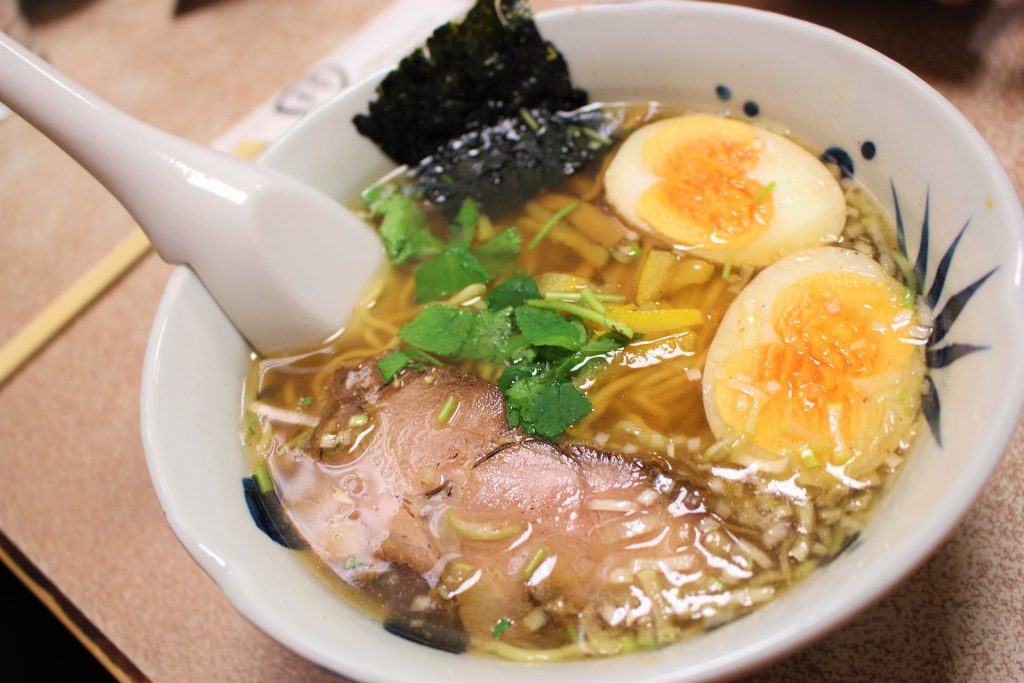
However, it is very damaging to the human body. This is because a package of generic ramen noodles contains 14 grams of fat and a whopping 1,580 mg of sodium.
Furthermore, the tiny flavor packet that comes with it is the major culprit. It contains most of the sodium.
Foods That Reduce High Blood Pressure
Food plays a major role in lowering high blood pressure. Also, they aid in maintaining normal blood pressure. These foods do that for you:
#1. Cinnamon
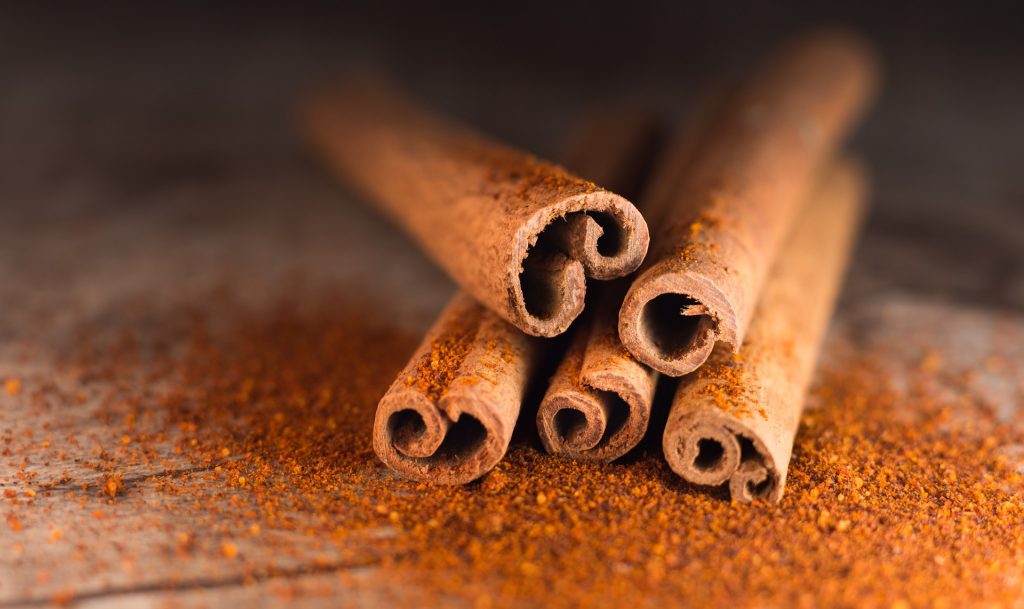
This is a known spice that comes from the inner bark of trees scientifically known as Cinnamomum. They are part of the foods that reduce high blood pressure.
Unfortunately, many do not know this reduces blood pressure. This spice lowers blood pressure in a short period of time.
This can be taken with Oatmeal or any other whole-grain cereal for better palatability.
#2. Carrots

Wonder why rabbits never get high blood pressure? Well, here you have it. Carrots are a double punch of beta-carotene and vitamin C. It gets your blood pressure into a healthy range before you can say “Hey, what’s up Doc?”
Also, Carrots are well-dosed in nitrates, which are likely to be converted into nitric oxide to increase vasodilation and thereby lowering blood pressure.
Snack on carrots from time to time and keep your blood pressure smiling.
#3. Kiwi
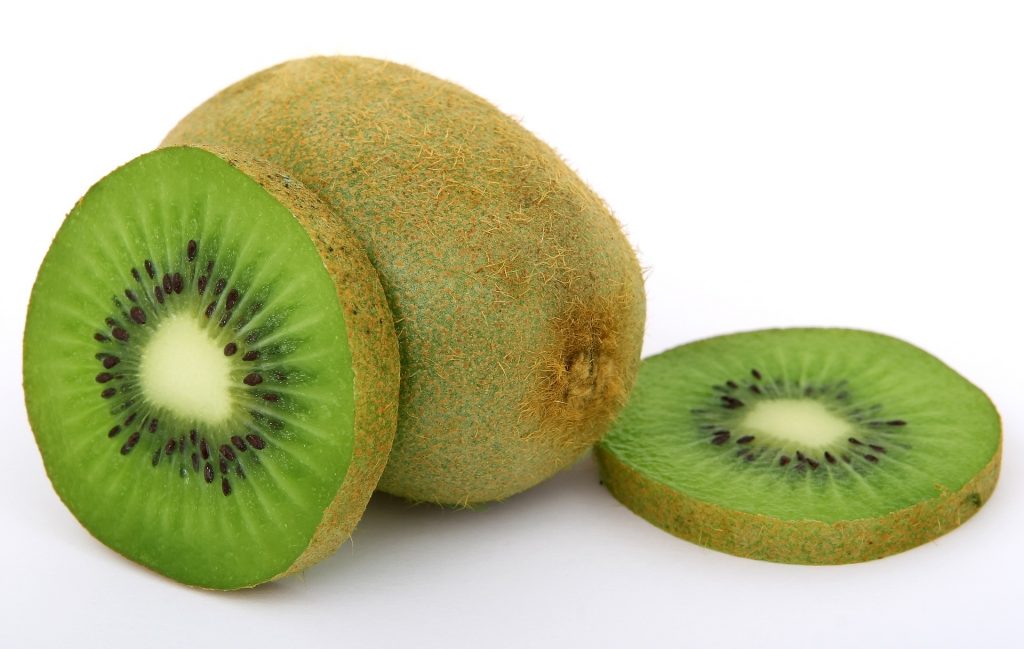
This is another type of food good for blood pressure. Researchers found that taking three kiwis over five days in eight weeks reduces high blood pressure.
Taking kiwi daily also reduces blood pressure in very severe cases of High Blood Pressure. Kiwi is also a good source of vitamin C.
#4. Strawberries
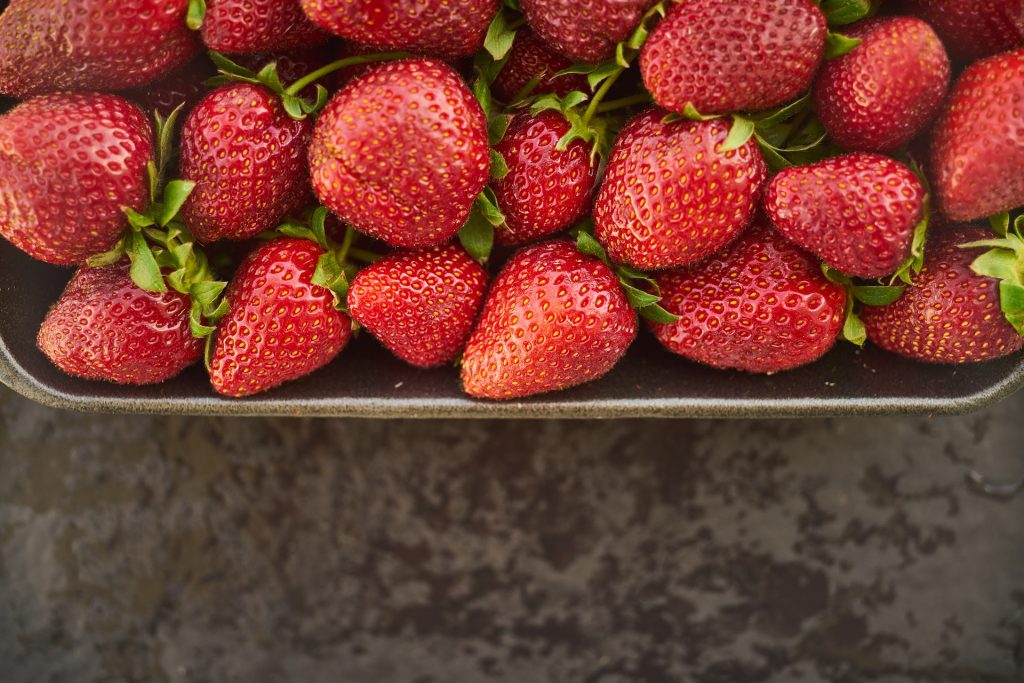
Take those refined sugar-loaded treats in favor of strawberries and watch your blood pressure dip into the doctor-approved territory.
Resveratrol, a pigment found in red fruit like strawberries, effective at preventing hypertension and dangerous enlargement of the heart muscle researchers say.
Strawberry is a healthy food with great taste that can keep your blood pressure on the good side.
#5. Dark Chocolates

Think of food with a really great taste? And can also reduce blood pressure?… Think dark chocolate. They are part of the foods that reduce high blood pressure.
Dark chocolate tops the list. This food is well dosed with antioxidants called flavanols. It makes blood vessels more elastic, which means it reduces pressure in blood vessels.
Snack on this from time to time and have your blood pressure safe.
#6. Banana

Again, foods that reduce blood pressure are normally high in potassium and close-related nutrients. Well-dosed in blood pressure-lowering potassium, one banana has roughly 420 milligrams or 11% of the 4,700 milligrams the American Heart Association recommends for daily intake.
Surprisingly, Banana is one food that contains enough to keep your blood pressure in check. Why not add this healthy food to your daily intake and have a healthy life.
#7. Oatmeal
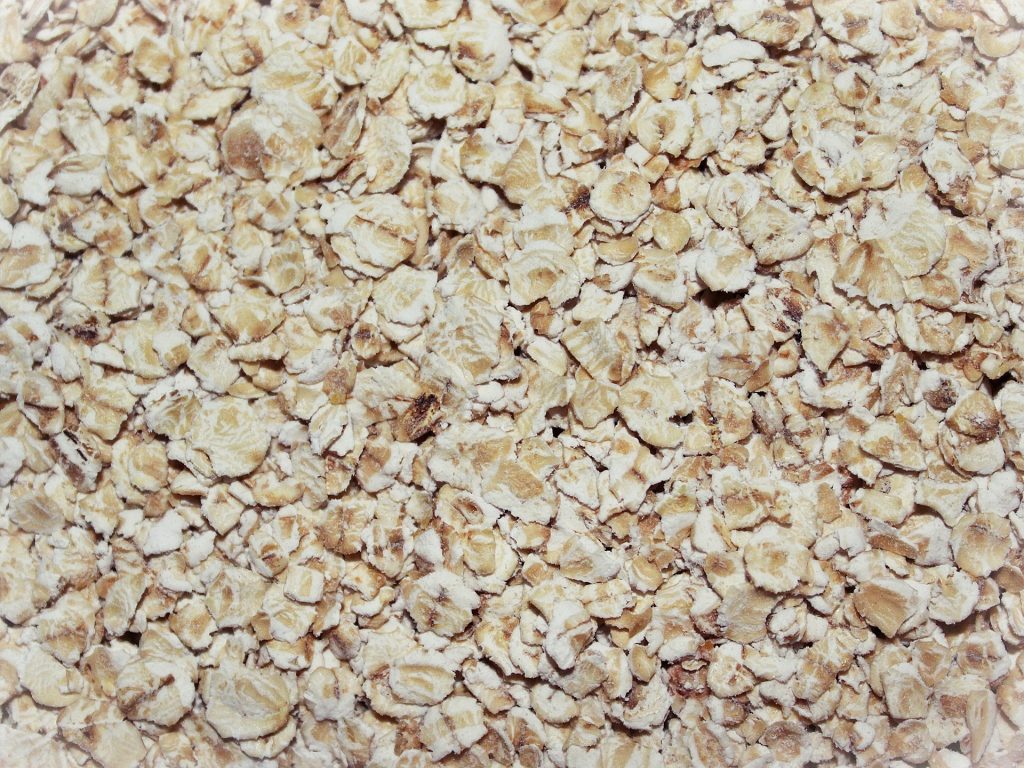
This is one of the few semi-processed foods that reduce blood pressure. The reason is that getting the right amounts of dietary fiber and whole grains is important to keep your blood pressure normal. Also, it is a delicious source of both.
Classic studies show that eating oatmeal can reduces systolic and diastolic blood pressure. Additionally, the fiber in Oatmeal can help you keep your body weight healthy. Furthermore, obesity increases the risk of High Blood Pressure.
#8. Pomegranates
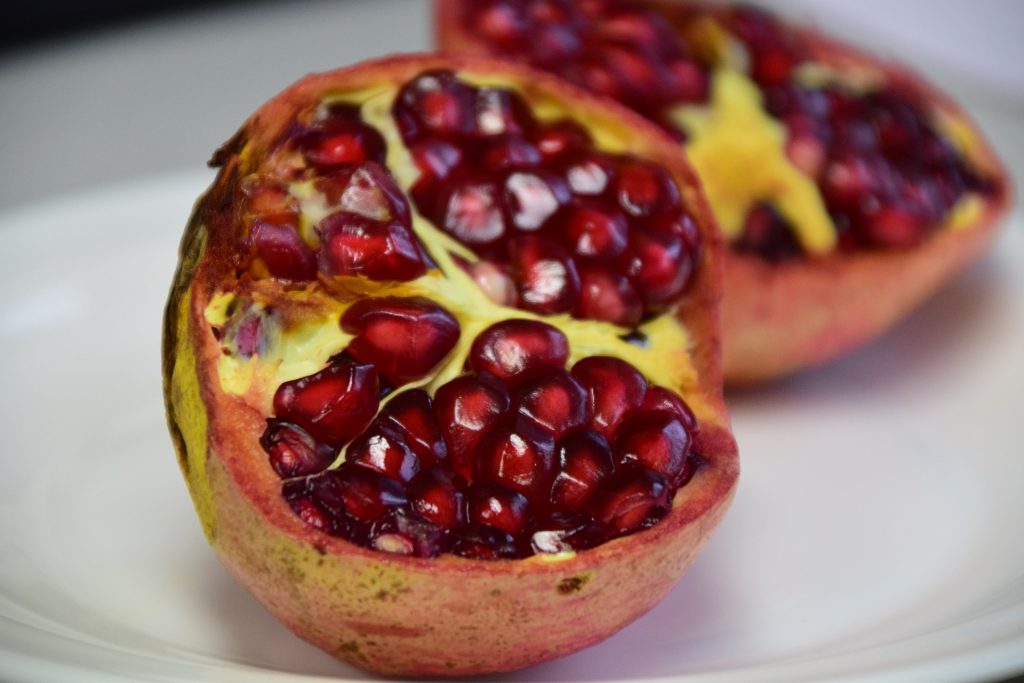
This interesting fruit has an awesome ability to reduce blood pressure. Also, pomegranate juice benefits can even decrease plaques in your arteries, reducing your risk of getting heart diseases and other cardiovascular diseases. It’s juice when taken every day for four weeks, reduces both systolic and diastolic blood pressures.
#9. Yogurt
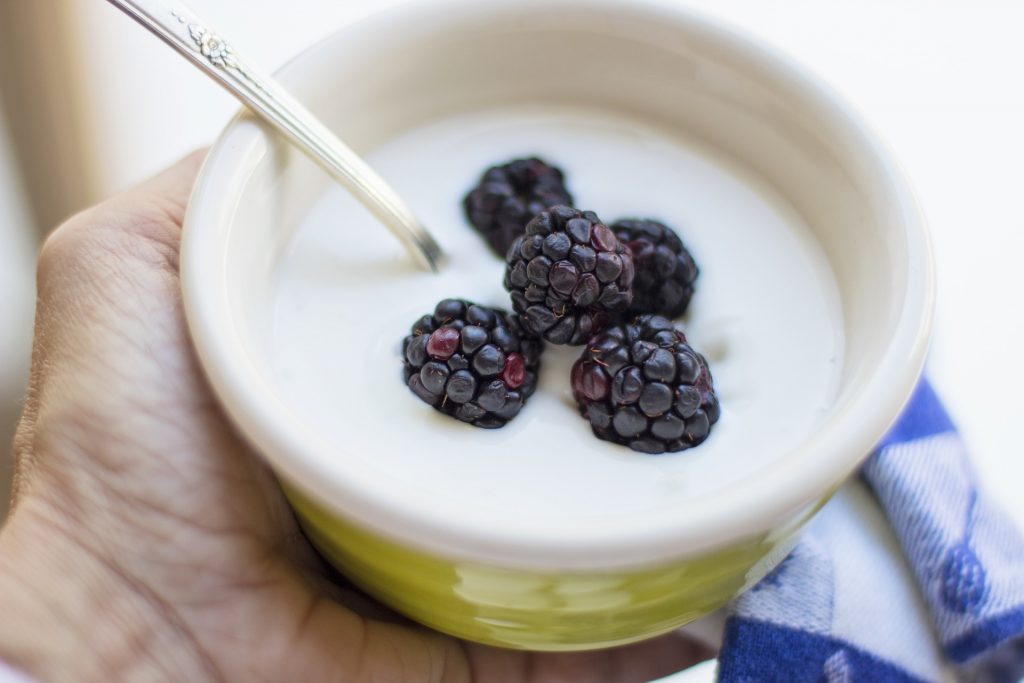
Who wouldn’t love to have a lovely bowl of yogurt? Also, has been found that the consumption of at least two servings of yogurt per week among those with high blood pressure lowers the risk of cardiovascular disease. Yogurt is more effective in reducing blood pressure for women than for me.
#10. Pistachio
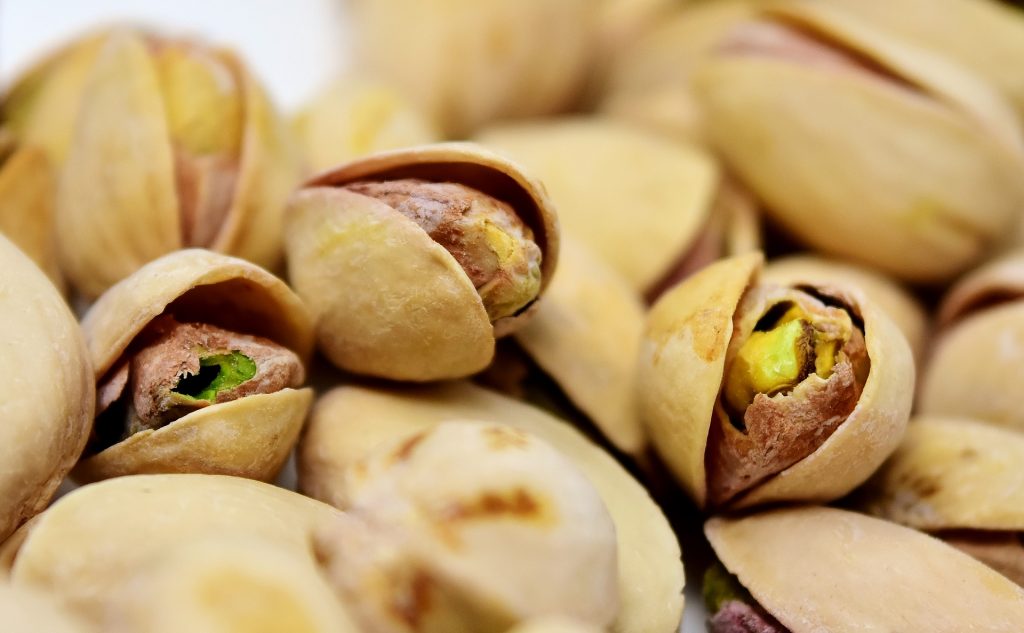
They are included in the category of foods that reduce high blood pressure. This is another nut that’s quite high in potassium. One serving a day of pistachio would definitely do your blood pressure good. Also, it is highly recommended for hypertensive patients.
Furthermore, it lowers blood pressure effectively.
#11. Bell Pepper

This should be the sweetest pepper there is. It doesn’t just look healthy but, also is quite beneficial to your health. Bell pepper is quite rich in potassium; a single cup of it contains about 314mg. Consequently, this means it is needful in maintaining healthy blood pressure.
#12. Broccoli
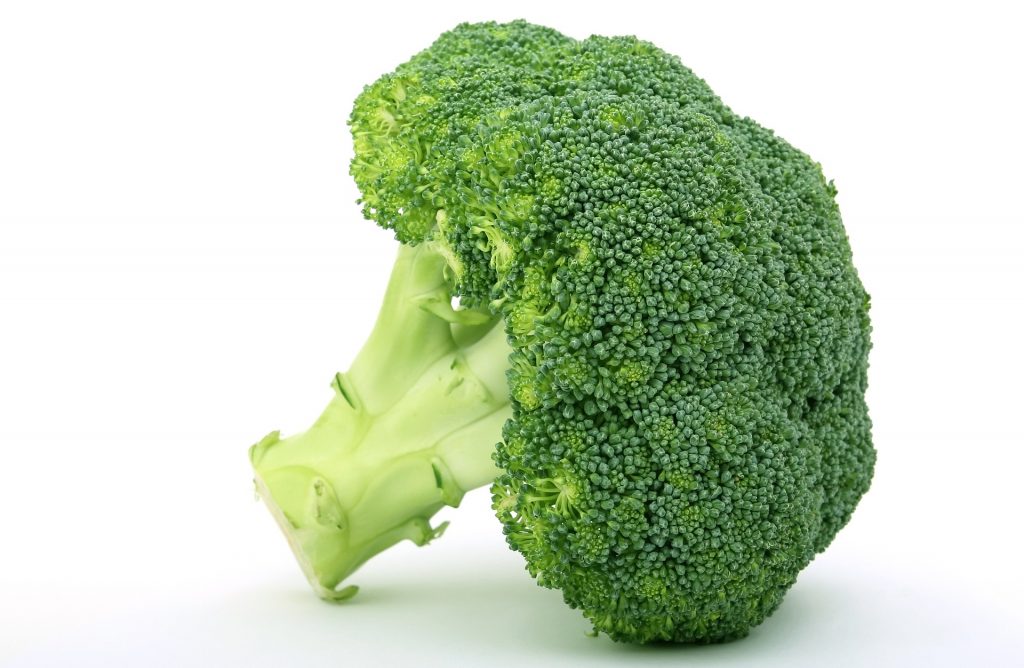
This vegetable looks like the diagram of the brain. Broccoli gives a five-point punch. It contains fiber, calcium, potassium, magnesium and Vitamin C in abundance. Furthermore, it helps reduce blood pressure by relaxing blood vessels.
What a brainy way to maintain healthy blood pressure.
#13. Blueberries

Does the color ‘blue’ have a way of making you feel some peace? Well, blueberries sure have a way of bringing peace to your blood pressure.
Blueberries have flavonoids that are likely to affect your blood pressure positively. 4-6% of your blood pressure can reduce by taking a cup or two of it. Additionally, it can cause an increase in the production of an enzyme that helps to relax blood vessels.
Take them with your cereals, smoothie or eat them fresh, your blood pressure will sing for joy.
#14. Salmon
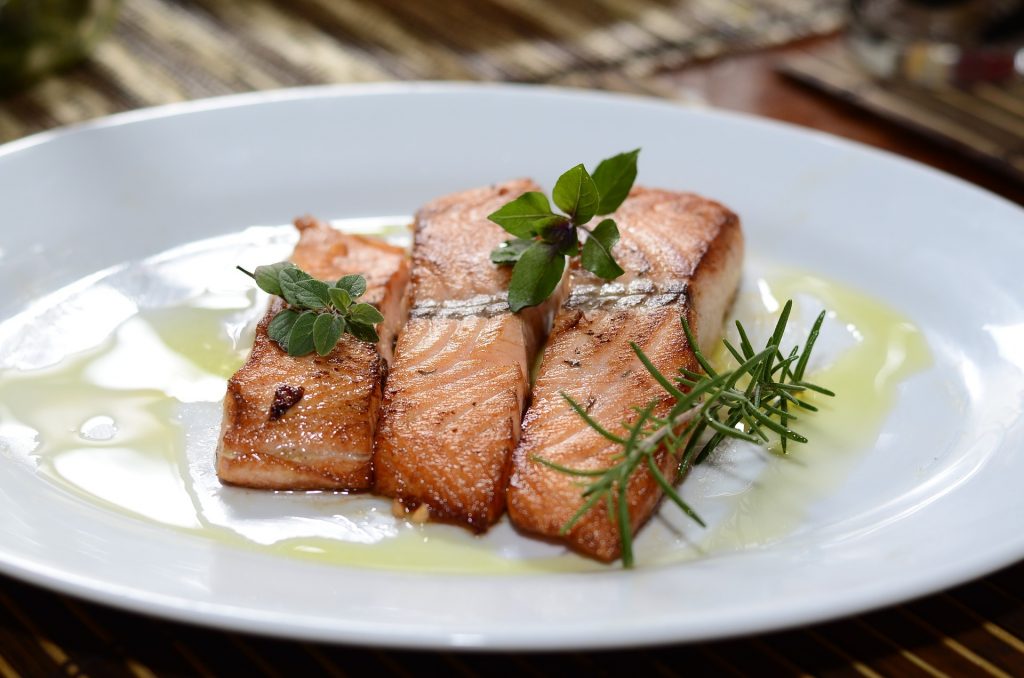
We’ve been seeing more of fruits and vegetables, but here is some real food. Salmon!
‘A fatty food, is it healthy for blood pressure?’ you’d think, but Salmon is a major exception. It is well-dosed with heart-healthy omega-3 fatty acids, which can lower your risk of heart disease, reduce inflammation, and keep your blood pressure into a healthy range.
Also, this tasty protein-rich fish a must-eat if your blood pressure is high, and your heart is unhealthy.
#15. Beets

Amongst foods that reduce high blood pressure are Beets. By taking only 4 of this or 250ml of its juice per day can cause a reduction in blood pressure within 24 hours.
This is because it contains nitrate which helps in the formulation of nitric oxide in the blood. As a result, there is a reduction in blood pressure in the body. Nitric oxide brings about a smooth flow of blood through the vessel by causing them to relax.
#16. Avocado
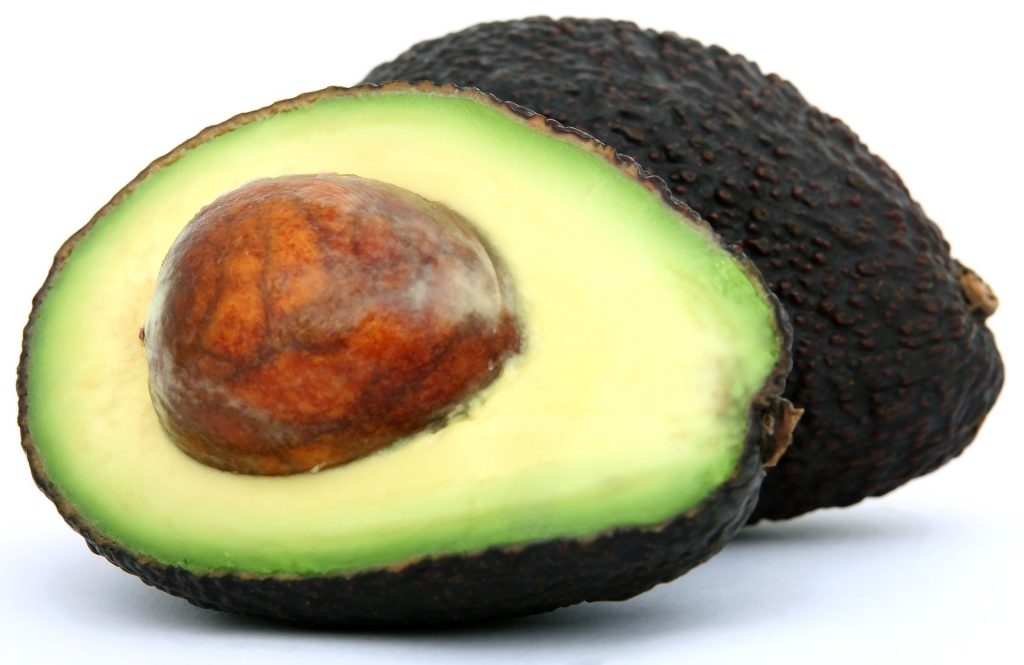
Having more potassium in one cup than a banana, it provides you with 15% of your daily dose of potassium. Additionally, it is well-dosed with almost 10 grams of fiber, vitamin E, B6 and lots of other wonderful nutrients.
Avocado will definitely do your blood pressure good.
#17. Sweet Potatoes
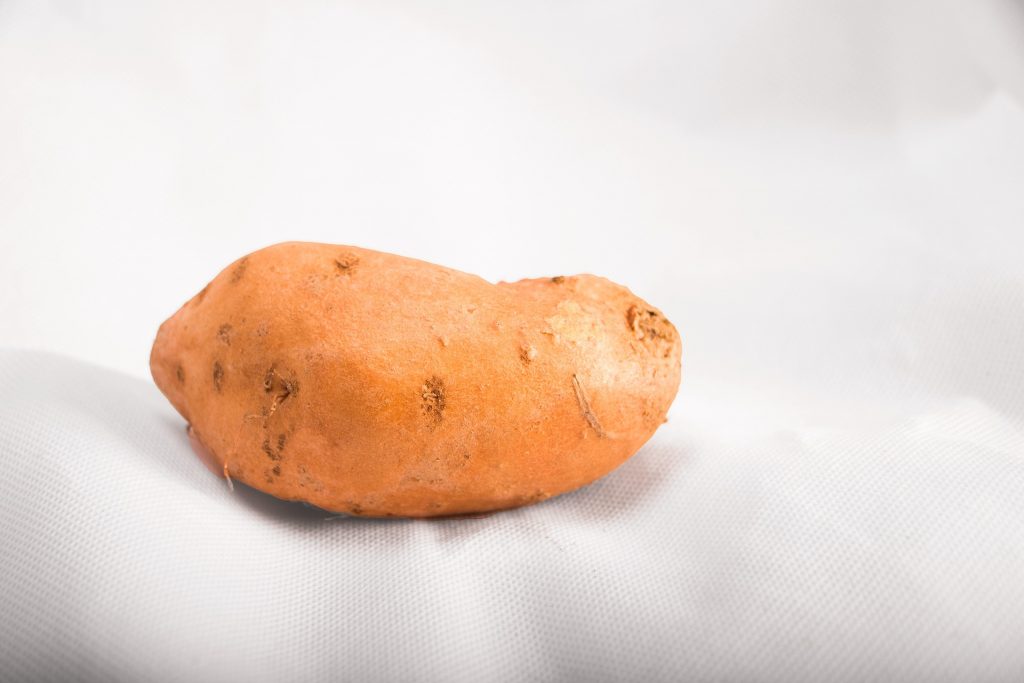
Rich in beta carotene (Vitamin A) content, sweet potatoes provide you with 120% of your daily value of Vitamin A. This makes it is pivotal in activating nitric oxide synthase. Additionally, it enhances it’s anti-inflammatory and blood pressure busting effects.
Again, it contains 4 grams of fiber and 13% of your daily value of potassium. Watch your blood pressure fall to normal levels when you start taking more sweet potatoes.
#18. Apples
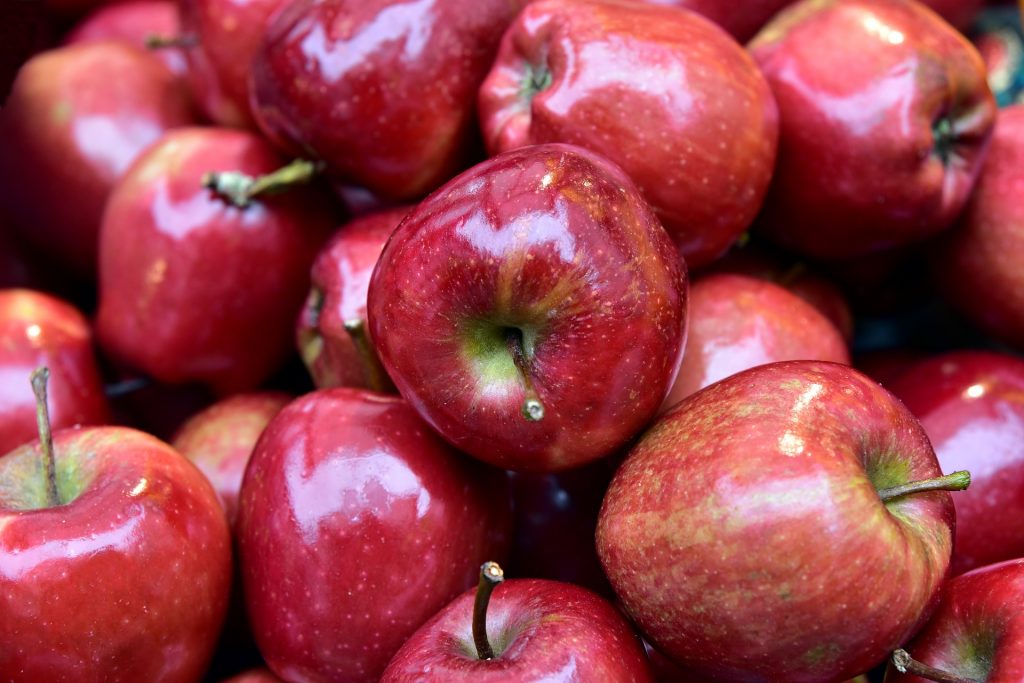
This is one of the richest dietary sources of antioxidant flavonoids. From research, flavonoid intake reduces the risks of death from many medical causes. Additionally, people who eat more apples, are less liable to suffer strokes and heart diseases.
Also, eating the peel is essential. This is because it contains antioxidants that are antihypertensive.
Try to snack on an apple a day.
#19. Spinach

They are part of foods that reduce high blood pressure. Spinach is rich in dietary folate and antioxidant carotenoids that cause hardening and furring up of the arteries to reduce. Also, it is rich in nitrates and at least four peptides. This gives it the ability to inhibit angiotensin-converting enzyme (ACE) for an effective blood pressure-lowering effect.
Eating the leaves raw or only lightly steamed can go well as an accompaniment to any meal.
#20. Coconut Water

They are among foods that reduce high blood pressure. So far, you must have seen how important potassium is for your blood pressure. Now, from an immature, green coconut, you get a good concentration of potassium.
Also, it provides medium-chain fatty acids that help the absorption of calcium and magnesium. They have positive effects on liver function by reducing the production of inflammatory chemicals that cause blood pressure to rise.
You can make this more enjoyable by taking it chilled.
#21. Grapes

Antioxidant polyphenols such as resveratrol, plus potassium and magnesium which have blood-pressure-lowering effects are all surplus in grapes, especially dark-skinned ones.
To reduce your blood pressure by an average of 7.2/6.2 mmHg within 8 weeks, taking red grape juice every day at a dose of 5.5ml per kg body weight so, can do that for you.
To summarize, eat a handful of grapes daily, or drink a glass of red grape juice (unsweetened).
#22. Guava
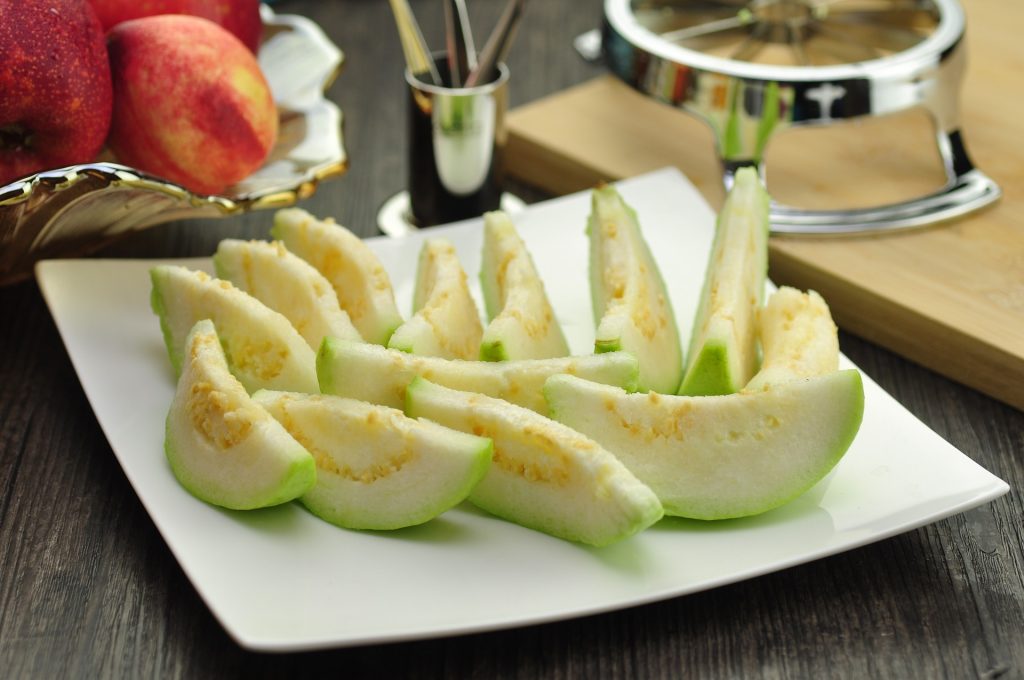
Providing you with as much as 230mg per 100g of fruit, guava is one of the richest sources of dietary vitamin C. Also, it is a great source of antioxidant carotenoids, soluble fiber, and potassium.
From research, eating five or more guavas a day over three months reduces blood pressure by 9.0/8.0 mmHg.
You can eat it for breakfast, drink the juice (unsweetened) or add to smoothies, add to fruit salads.
#23. Mushrooms
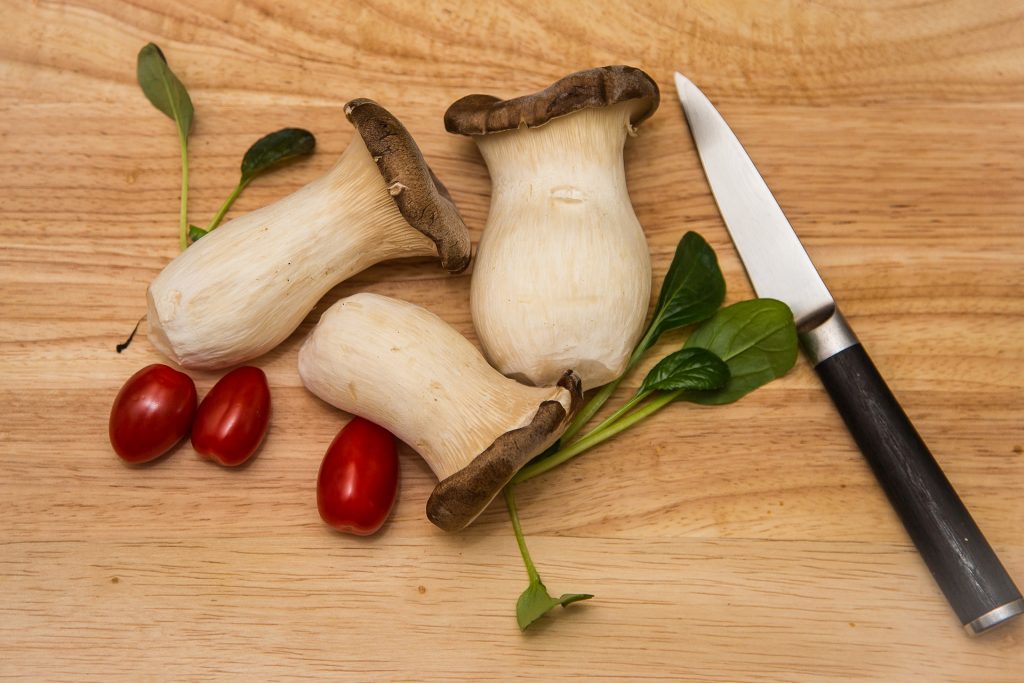
High in antioxidants, potassium, selenium, and vitamin D (in a form known as D2 which synthesizes when exposed to sunlight), mushrooms provide you with these.
Some edible mushrooms like oyster mushrooms, reishi, maitake, and enoki, lower blood pressure by restricting the action of angiotensin-converting enzyme (ACE).
You can slice them raw into salads, make into soups, stuff, and bake in the oven, and watch your blood pressure get comfortable.
#24. Olive Oil
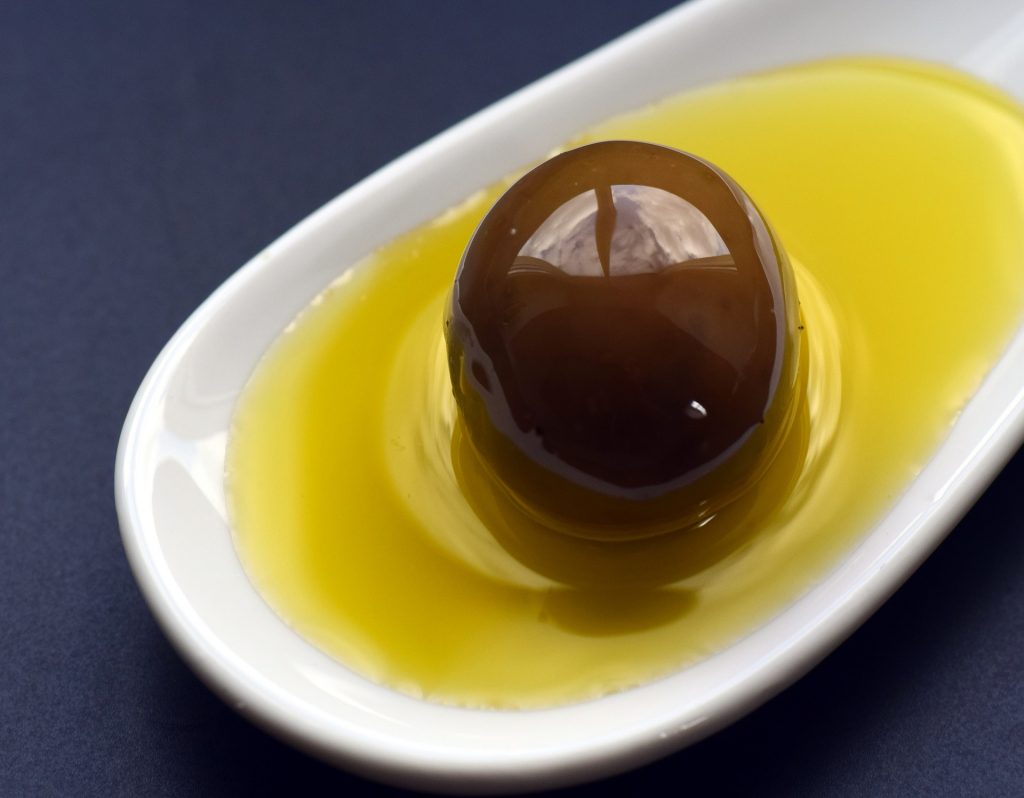
They are part of foods that reduce high blood pressure. It is a concentrated source of monounsaturated fats (oleic acid), carotenoids, antioxidants (vitamin E), and polyphenols (oleocanthal). Extra virgin olive oil contains these in high concentrations.
Adding 30mg extra virgin olive oil to the daily diet can cause blood pressure to drop by 7.91/6.65 mmHg within 8 weeks In women that have high normal blood pressure (stage 1 hypertension). Furthermore, taking 30g to 40g olive oil daily reduces by half the need for anti-hypertensive drugs.
When going for olive oils, go for ones in dark bottles. This is because the antioxidants are reduced when stored in glass bottles exposed to light.
#25. Soy Beans
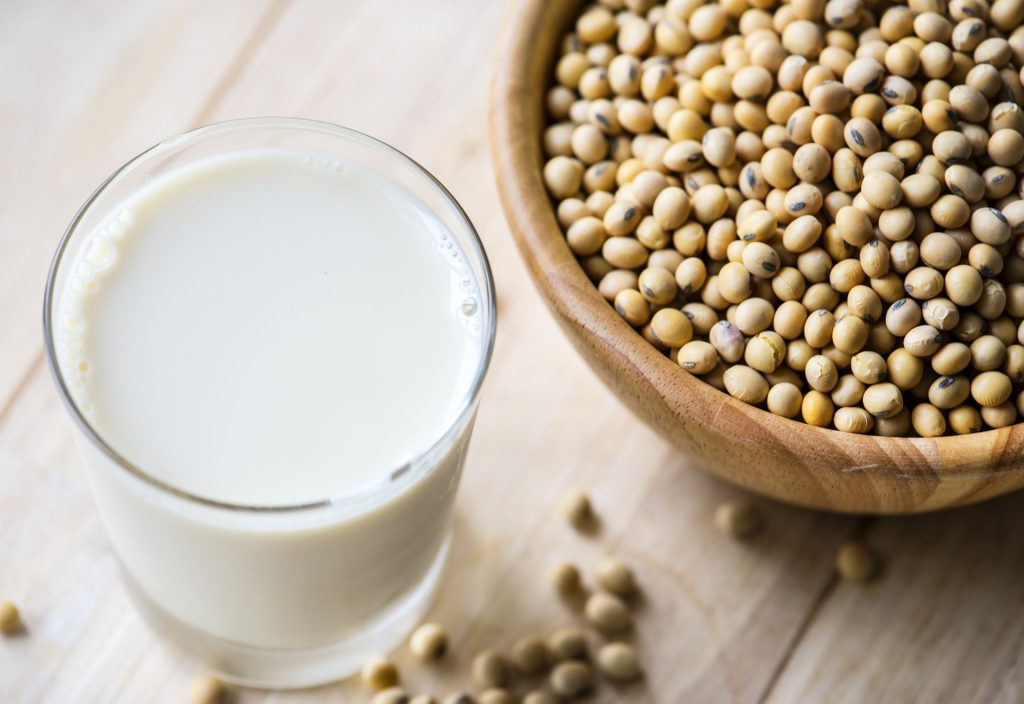
They are part of the foods that reduce high blood pressure. It contains isoflavones (a class of plant hormones which when eaten, are converted into weak estrogens by intestinal bacteria). This lowers blood pressure, reduces blood stickiness and platelet clumping by interacting with estrogen receptors within the circulation to dilate coronary arteries.
In hypertensive people, taking 40g soybean protein daily can reduce blood pressure by an average of 7.88/5.27 mmHg in 12 weeks.
Take more of soybean milk and maintain healthy blood pressure.
#26. Papaya
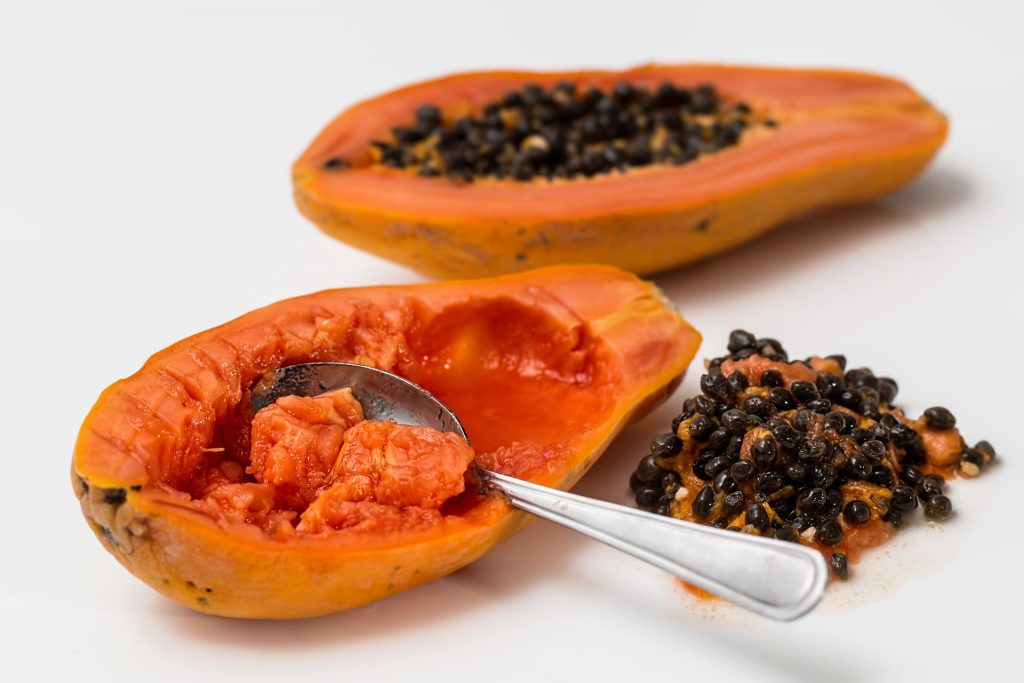
It is a tropical tree fruit whose orange-red flesh is packed full of lycopene, vitamin C, B group vitamins and minerals such as calcium and magnesium.
Research suggests that papaya extracts have substances with ACE inhibitor activity and alpha-blocker which are under investigation as potential new antihypertensive drugs.
Eat fresh papaya on its own, in fruit salads.
#27. Figs
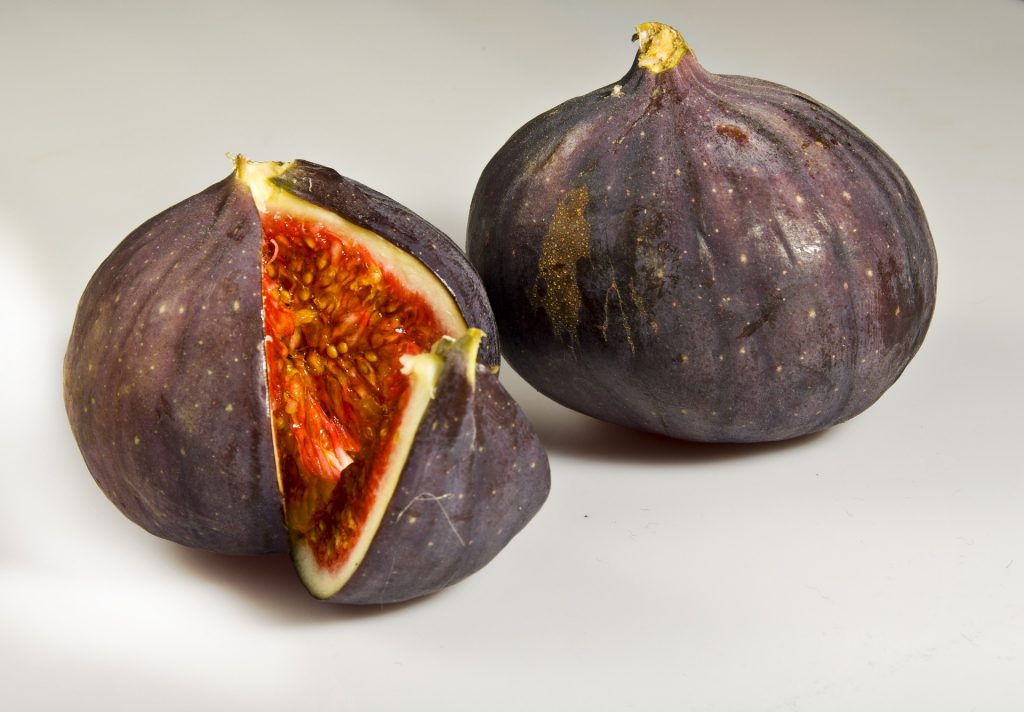
They are also part of the foods that reduce high blood pressure. Fig fruit is an important component of the Mediterranean diet and is a rich source of fiber which helps to regulate blood pressure, blood sugar, and cholesterol balance.
Dried figs contain more calcium than milk, a good source of potassium, carotenoids and polyphenol antioxidants all of which are instrumental for blood pressure control.
You can eat fresh or dried figs as healthy snacks.
#28. Apricot

By taking this fruit daily, you can reduce your blood pressure and lower your risk of chronic diseases. These vitamin C-rich, beta-carotene-loaded fruits can make your blood pressure healthier.
Also, whether you’re adding some to your salad, adding some to your favorite smoothie, or eating dried apricots as a snack, do not miss out on its health benefits.
#29. Mango
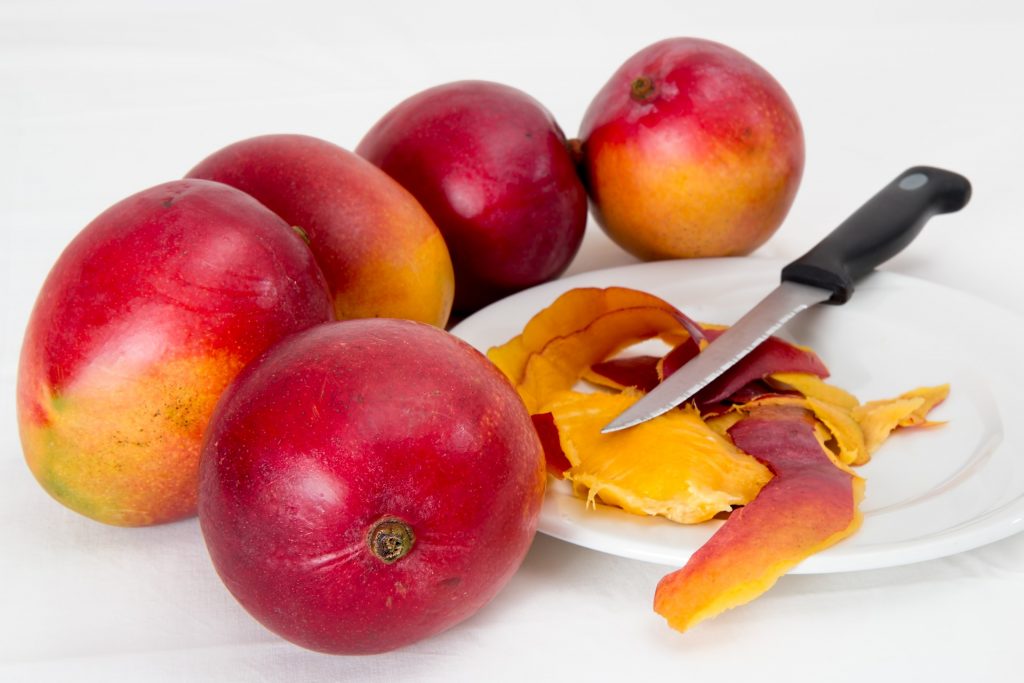
Do not discontinue your favorite medical treatment. Mangoes are the source of the cord and beta-carotene, which is a second effective method of reducing blood pressure.
In fact, current blood pressure reduction methods indicate that adding beta-carotene products to your diet can be effective. Not a mango fan? Try to drink a delicious mango juice.
#30. Cherries
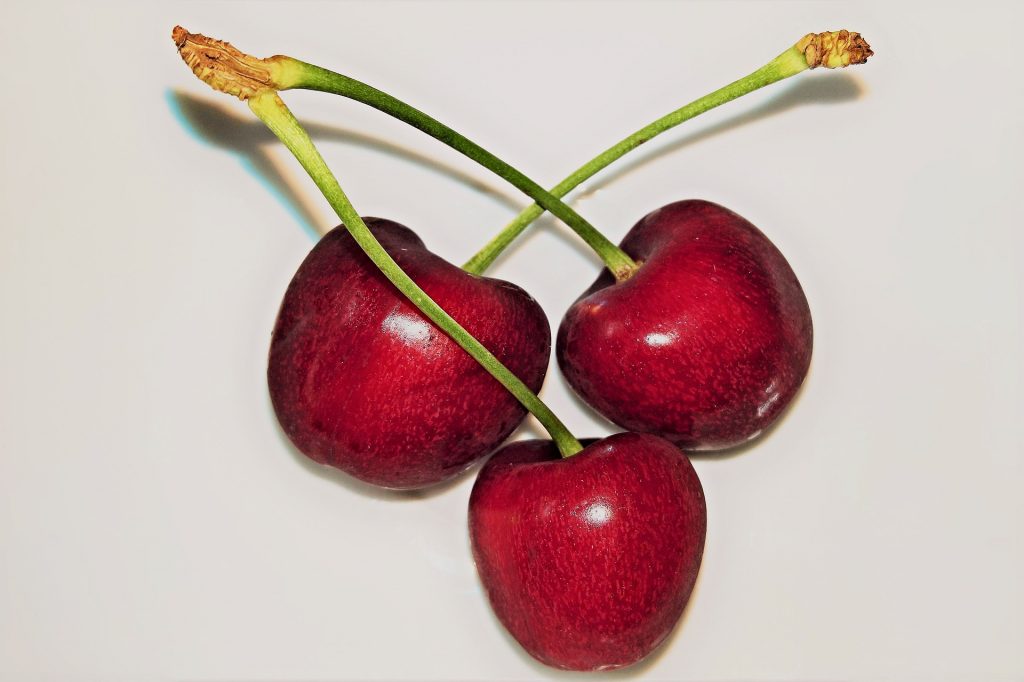
Not only do cherries contain fiber, quercetin, and vitamin C, research shows that their resveratrol content can bring about significant reductions in systolic blood pressure.
Why not sweeten up your meals and lower your blood pressure in a go by making cherries part of your diet now.
#31. Flaxseed
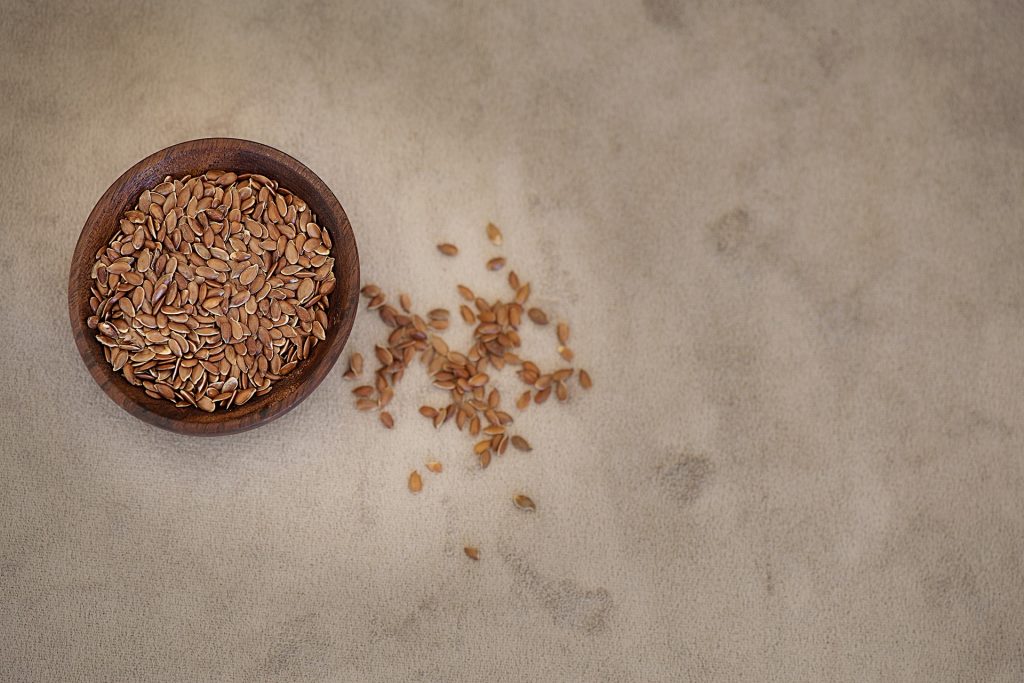
It is a great source of fiber and omega-3 fatty acids. This means it can cause a reduction in inflammation throughout the body, as well as an improvement in the health of your heart and circulatory system.
Adding some flax into your favorite smoothie or morning oatmeal could be a great step towards reducing your blood pressure.
#32. Onions
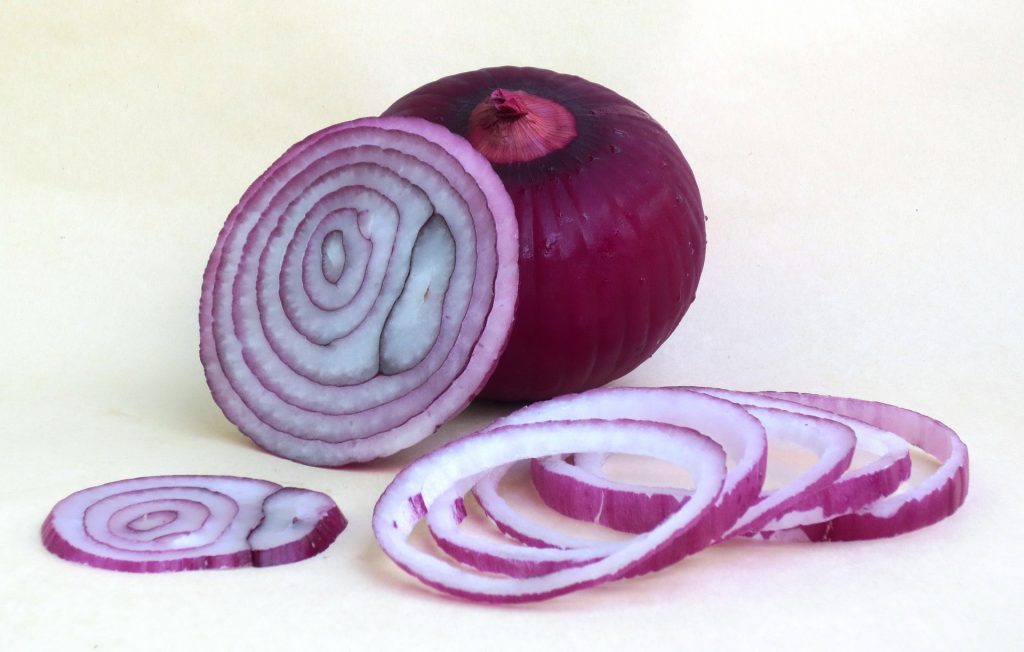
They are also part of the foods that reduce high blood pressure. They may cause your breath to lose its freshness, but they can also be really kind to your blood pressure.
Onions are a great source of quercetin, which is pivotal in lowering blood pressure in overweight and obese with hypertension.
Try sautéing them in olive oil for a sweeter flavor and also to make less pungent.
Also, adding this to your foods makes it reduce blood pressure.
#33. Pink Grapefruit
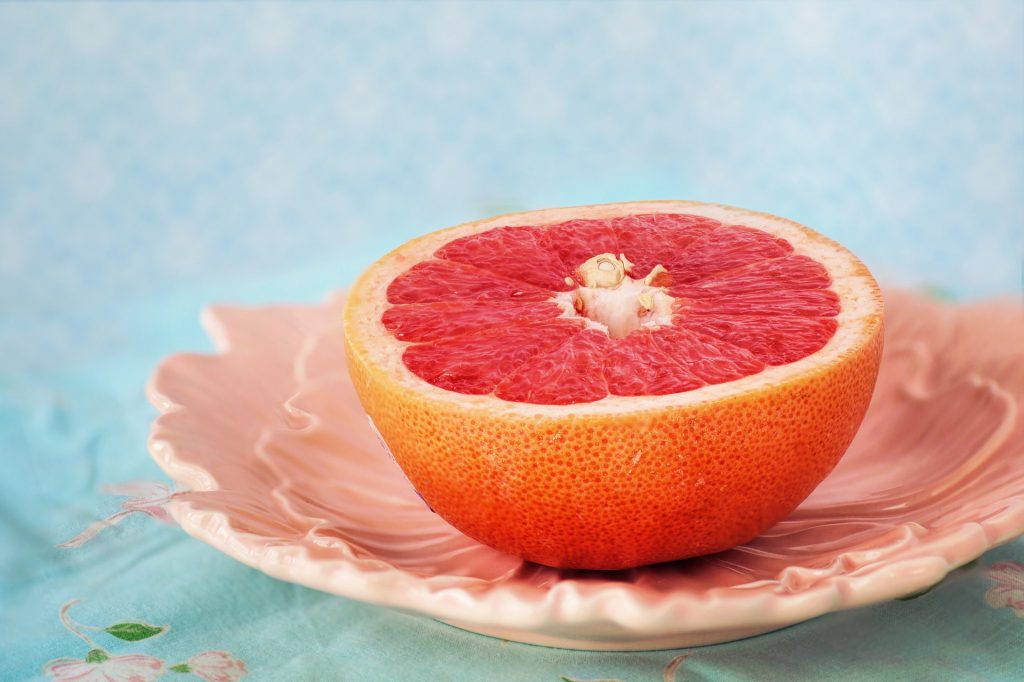
This attractive-looking fruit does you good when you start your day with it. Containing immune-boosting vitamin C, and lycopene that can take your blood pressure into a healthy range in no time.
Additionally, research shows that persons with enough lycopene in them stand a better chance of having normal blood pressures.
Why not start taking pink grapefruits now.
#34. Watermelon
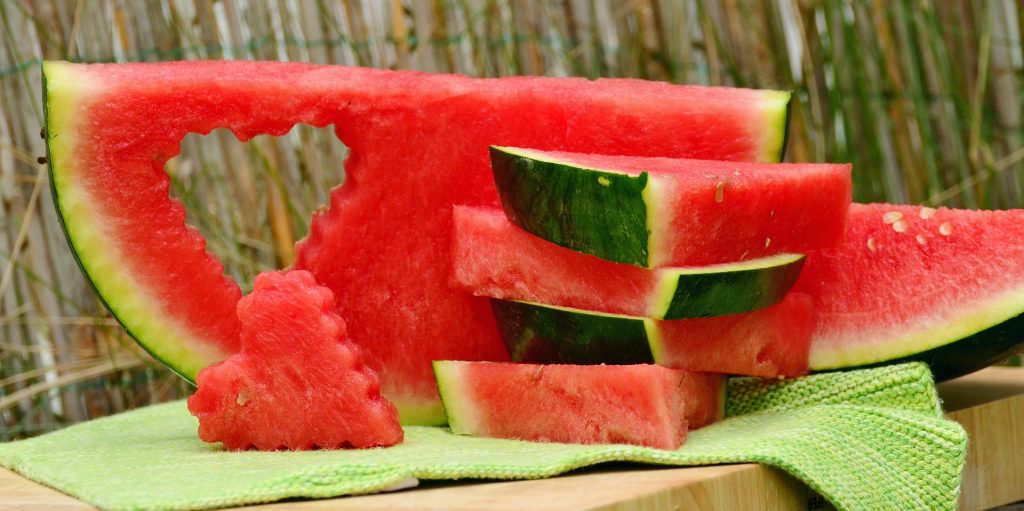
It is a good source of blood pressure-lowering vitamin C and lycopene. Also, it has a great cooling effect. Research reveals that patients with prehypertension who added watermelon to their diet experienced a great reduction in their blood pressure.
Have more watermelons, have healthier blood pressure.
#35. Pumpkin Seeds
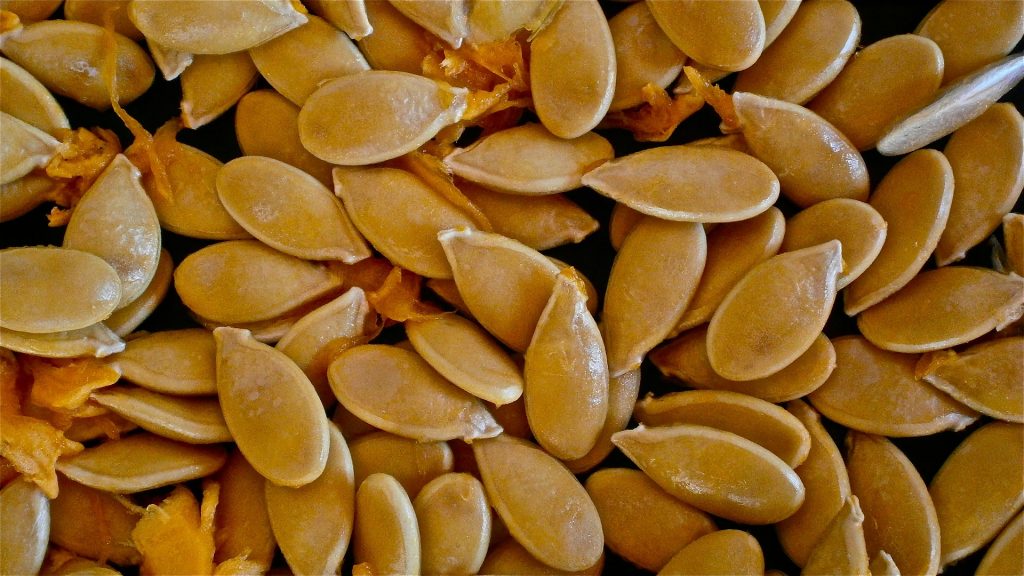
They are part of foods that reduce high blood pressure. It is a great source of vitamin E, cholesterol-lowering beta-sitosterol, and zinc.
Anti-hypertensive drugs: calcium channel blockers and ACE-inhibitors are boost by these.
You can enjoy pumpkin seeds by adding them to shakes or smoothies. Also, if you roast the seeds and combine with nuts(without adding salt), you can have for yourself an instant blood pressure friendly snack.
#36. Green Tea
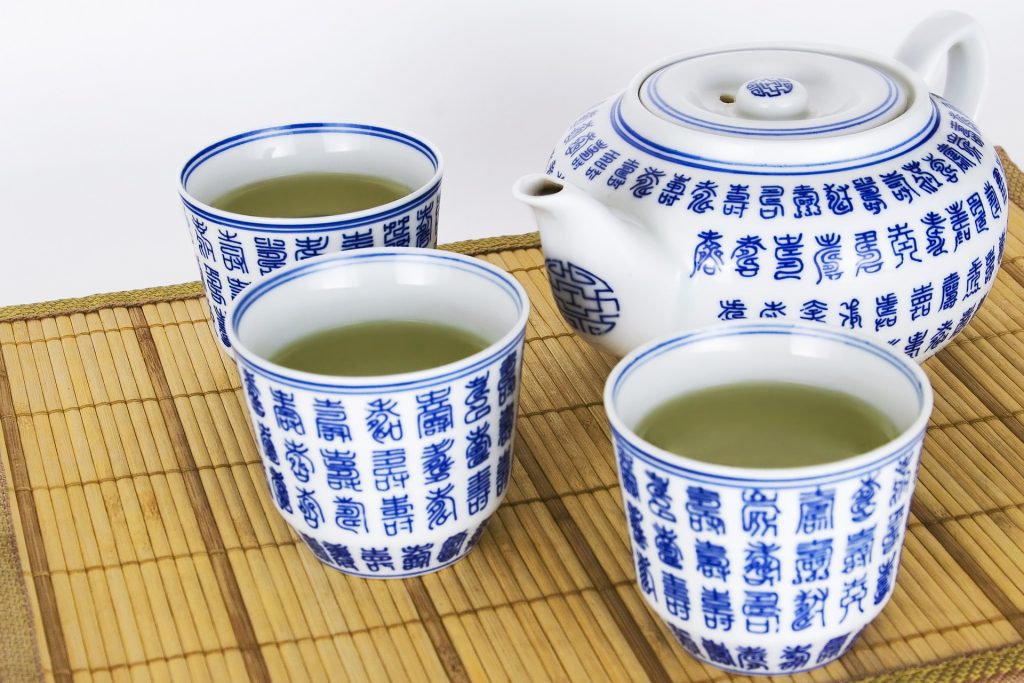
Tea leaves consist of powerful flavonoid antioxidants with positive effects on blood pressure.
The risk of hypertension lowers by 46% in those that drink 120-599 ml of green tea daily and lowers by 65% in those that drink 600 ml daily.
Similarly, taking four cups of tea daily halves your risk of a heart attack.
Therefore, the more green tea you take, the better.
Enjoy green tea throughout the day as a refreshing drink.
How To Lower Your High Blood Pressure Quickly
Here are ways you can lower your high blood pressure as quickly as possible. They are:
#1. Eat More of Potassium and Little Sodium
Reducing your intake of salt and increasing your consumption of Potassium can help lower your blood pressure.
Also, Potassium reduces the effects of salt in your body system and also eases tension in your blood vessels.
However, rich potassium diets can be harmful to individuals with kidney disease. Therefore, before you increase your potassium intake, talk to your doctor.
A lot of foods are naturally high in potassium. Some of them are:
- fruits, such as bananas, apricots, avocados, and oranges
- low-fat dairy foods, such as milk and yogurt
- vegetables, such as sweet potatoes, potatoes, tomatoes, greens, and spinach
- fish
Furthermore, people respond to salt differently. Some people are sensitive to salt. This means that high salt intake increases their blood pressure.
Some others are salt-insensitive. This means they can have high salt intake and excrete it in their urine without increasing their blood pressure.
In addition, The National Institutes of Health (NIH) suggests that people should reduce salt intake using the DASH (Dietary Approaches to Stop Hypertension) diet.
The DASH diet focuses on:
- beans
- fewer sweets and red meats
- fish
- fruits and vegetables
- low-fat dairy
- whole grains
- low-sodium foods
- poultry
- fewer sweets and red meat
#2. Lose Weight If You Are Overweight
For people who are overweight, losing between 5 to 10 pounds help reduce their blood pressure. Also, it lowers their risk for other health problems.
In addition, a 2016 review of several studies found that weight-loss diets reduced blood pressure by 3.2 mm Hg diastolic and 4.5 mm Hg systolic.
#3. Do More of Exercise
Increasing your heart and breathing rates often helps the heart get stronger and pump with less effort. As a result, less pressure is put on your arteries and reduces your blood pressure.
Also, if exercising for 40 minutes at a time is difficult, divide the time into three or four 10- to 15-minute segments throughout the day. You will still enjoy some benefits.
Furthermore, you do not have to run marathons. Increasing your activity level can be done with simple routines like:
- doing household chores
- walking instead of driving
- going for a bike ride
- gardening
- using the stairs
- playing a team sport
Try to do it regularly. Also, engage in at least half an hour per day of moderate activity.
According to a 2014 review on exercise and lowering blood pressure, it was found that there are many combinations of exercise that can lower blood pressure. Some of these exercises are:
- Aerobic exercise
- High-intensity interval training
- Walking 10,000 steps a day
- Short bouts of exercise throughout the day
- Resistance training
In addition, there are ongoing studies that say that there are still benefits to light physical activity, especially in older adults.
#4. Reduce Your Intake of Sugar and Refined Carbs
Various scientific studies show that reducing the intake of sugar and refined carbohydrates help you lose weight and reduce your blood pressure.
A study comparing a low-carb diet to a low-fat diet was done in 2010. A diet drug was added to the low-fat diet.
Both diets produced weight loss. However, the low-carb diet was more effective in lowering blood pressure.
The low-carb diet reduced blood pressure by 4.5 mm Hg diastolic and 5.9 mm Hg systolic. And, the diet of low-fat plus the diet drug reduced blood pressure by only 0.4 mm Hg diastolic and 1.5 mm Hg systolic.
Furthermore, another side effect of a low-carb, low-sugar diet is that you feel fuller for a longer time since you’re taking more protein and fat.
#5. Eat Less Processed Foods
A large part of the extra salt in your diet is from processed foods and foods from restaurants, not your salt shaker at home.
Popular high-salt items are canned soup, deli meats, pizza, chips, and other processed snacks.
Also, foods labeled “low-fat” are usually high in salt and sugar to make up for the loss of fat. The fat gives food taste and makes you feel full.
Cutting down on or even better, cutting out processed food will help you consume less sugar, less salt, and fewer refined carbohydrates. All these can help to reduce your blood pressure.
In addition, try to check labels as often as you can. According to the U.S. Food and Drug Administration (FDA), a sodium listing of 5 percent or less on a food label is said to be low, while 20 percent or more is considered high.
#6. Try Meditation or Yoga
Meditation and Mindfulness, including transcendental meditation, has been used and studied for a long time as methods of stress reduction.

A study in 2012 says that a university program in Massachusetts has had over 19,000 people participate in meditation and mindfulness programs to reduce stress.
Additionally, Yoga, which usually involves breathing control, meditation techniques and posture, can also reduce stress and blood pressure very well.
A review in 2013 on yoga and blood pressure showed an average blood pressure decrease of 3.62 mm Hg diastolic and 4.17 mm Hg systolic when compared to those who did not exercise.
Furthermore, studies of yoga practices that included breath control, postures, and meditation were almost twice as effective as yoga practices that didn’t have all three of these elements.
#7. Stop Smoking
Stopping smoking helps your health all-around. It causes an immediate but temporary increase in your blood pressure and heart rate.
Furthermore, the chemicals in tobacco can increase your blood pressure by damaging your blood vessel walls. This causes inflammation and narrows your arteries. Hardened arteries cause Hypertension.
Additionally, these chemicals can affect your blood vessels even if you are around secondhand smoke.
#8. Reduce Excess Stress
The times we live in are stressful ones. Family and Workplace demands, National and International Politics all contribute to stress.
Hence, discovering ways to reduce your own stress is very important for your health and blood pressure.
There are numerous different ways to relieve stress successfully, so know what works for you. Try to practice deep breathing, take a walk, book reading, or watch a comedy.
In addition, listening to music every day has been shown to lower systolic blood pressure.
#9. Try Medicinal Herbs
Herbal medicines have been used for a long time in many cultures to treat a lot of ailments.
Also, some herbs have been shown to possibly lower blood pressure. However, more research is required to identify the doses and components in herbs most useful to us.
Furthermore, always check with your doctor or pharmacist before taking any herbal supplements. This is because they may interfere with your prescription medications.
Additionally, here is a list of plants and herbs used by various cultures all over the world that tackle this health condition. They are:
- Black Bean (Castanospermum Australe)
- Cat’s Claw (Uncaria Rhynchophylla)
- Celery Juice (Apium Graveolens)
- Chinese Hawthorn (Crataegus pinnatifida)
- Ginger Roots
- Tomato Extract (Lycopersicon esculentum)
- Tea (Camellia sinensis), especially green tea and oolong tea
- Umbrella Tree Bark (Musanga cecropioides)
#10. Eat Dark Chocolate
Chocolate lovers should be very excited about this. Dark chocolate over time has been shown to tackle hypertension.
However, the dark chocolate should be between 60 to 70 percent cacao. A review of studies on the dark chocolate showed that eating one to two squares of dark chocolate daily might help reduce the risk of heart disease. It does this by lowering blood pressure and inflammation.
Furthermore, the benefits are said to come from the flavonoids in chocolate with more cocoa solids. They help widen your blood vessels.
A study in 2010 of 14,310 people showed that people without hypertension who ate more dark chocolate had lower blood pressure overall than those who ate less.
#11. Take Prescribed Medication Only
If you are hypertensive, your doctor might have to recommend prescription drugs.
Also, they work and improve your long-term outcome, especially if you have other risk factors.
Nevertheless, it may take some time to find the right combination of medications.
Therefore, talk to your doctor about possible medications you should take and what works best for you.
#12. Drink Less Alcohol
Even as a healthy person, alcohol can increase your blood pressure. Therefore, it is important to drink in moderation.
Furthermore, Alcohol can raise your blood pressure by 1 mm Hg for every 10 grams of alcohol taken. Fourteen grams of alcohol is contained in every standard drink.
A standard drink is made up of a 12-ounce beer, 5 ounces of wine, or 1.5 ounces of distilled spirits.
Additionally, moderate drinking is up to up to two drinks per day for men and one drink a day for women.
#13. Consider Cutting Back on Caffeine
Caffeine raises your blood pressure and has a short-term effect. It lasts for between 45 to 60 minutes and the reaction is different amongst individuals.
Some individuals may be more sensitive to caffeine than others. However, if you’re caffeine-sensitive, you may want to cut back on your coffee consumption. If you find that difficult to do, try decaffeinated coffee.
Caffeine research, including its health benefits, is in the news a lot these days. The choice to cut back depends on many individual factors.
An older study showed that caffeine’s effect on increasing blood pressure is higher if your blood pressure is already high. This same study called for more research on the subject.
#14. Eat Garlic or Take Garlic Extract Supplements
Fresh garlic or garlic extracts are widely used to reduce blood pressure.
Also, according to a clinical study, time-release garlic extract preparation might have a huge effect on blood pressure than the regular garlic powder tablets.
Furthermore, a review in 2012 examined a study of 87 hypertensive individuals who experienced a diastolic reduction of 6 mm Hg and a systolic reduction of 12 mm Hg in those who consumed garlic, compared to those who did not receive treatment.
#15. Make Sure You Get Good, Restful Sleep
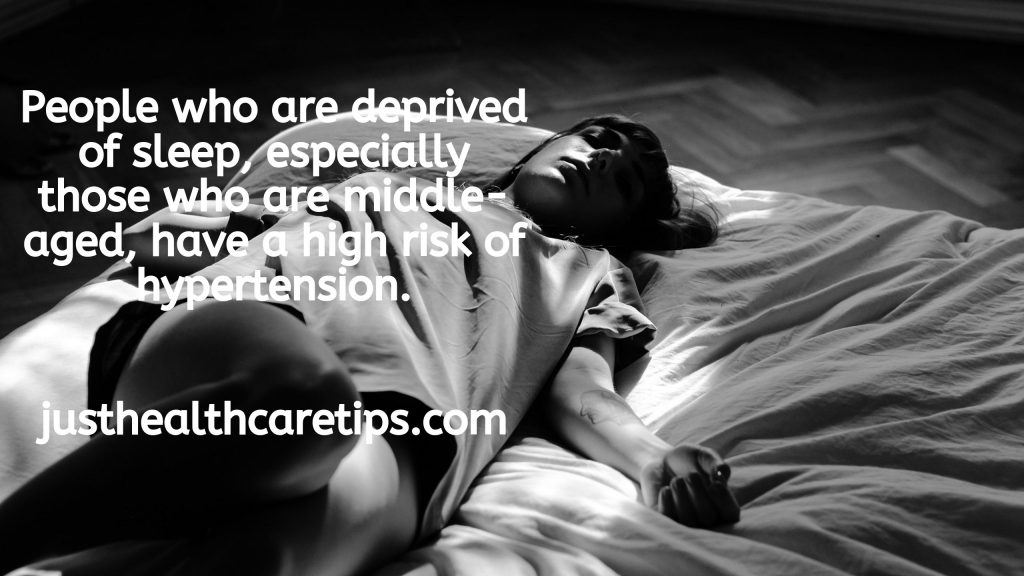
To begin with, your blood pressure usually drops down when you are asleep. When you don’t sleep well, your blood pressure can be affected.
Also, people who are deprived of sleep, especially those who are middle-aged, have a high risk of hypertension.
Furthermore, for some individuals, getting a good night’s sleep isn’t an easy feat. There are various ways that help you get restful sleep.
Try to set a regular sleep schedule, take out enough time to relax at night, exercise during the day, and make your bedroom comfortable.
The National Sleep Heart Health Study discovered that regular sleep less than 7 hours a night and more than 9 hours a night led to an increased prevalence of hypertension.
Additionally, sleeping less than 5 hours a night regularly was linked to a huge risk of hypertension long term.
High Blood Pressure During Pregnancy

Women with hypertension can give birth to healthy babies despite having the condition. However, it can be dangerous to both mother and baby if it’s not closely monitored and managed during the pregnancy.
Women who have hypertension are more likely to have complications during pregnancy. For instance, pregnant women with hypertension might go through decreased kidney function. Also, babies born to hypertensive mothers might have a low birth weight or be born prematurely.
Again, some women might develop hypertension during their pregnancies. Various types of high blood pressure problems can develop. This health condition usually goes back to normal once the baby is born.
In addition, developing hypertension during pregnancy might increase your risk of developing hypertension much later in life.
Preeclampsia
In some cases, hypertensive pregnant women might develop preeclampsia during pregnancy. This health condition of increased blood pressure can lead to kidney and other organ complications. This, in turn, can cause high protein levels in urine, visual problems, problems with liver function, or fluid in the lungs.
As this condition gets worse, the risks increase for both mother and baby. Preeclampsia can give rise to eclampsia, which causes seizures. High blood pressure problems in pregnancy are still an important cause of maternal death in the United States. Complications for the baby are early birth, low birth weight, and stillbirth.
In addition, there is no known way to prevent preeclampsia. The only way to tackle this condition is to give birth to the baby. Therefore, if you develop this condition during pregnancy, your doctor will monitor you closely for complications.
Health Line has an article on Pregnancy you might find interesting, click here to view this article.
Hypertension Prevention Tips
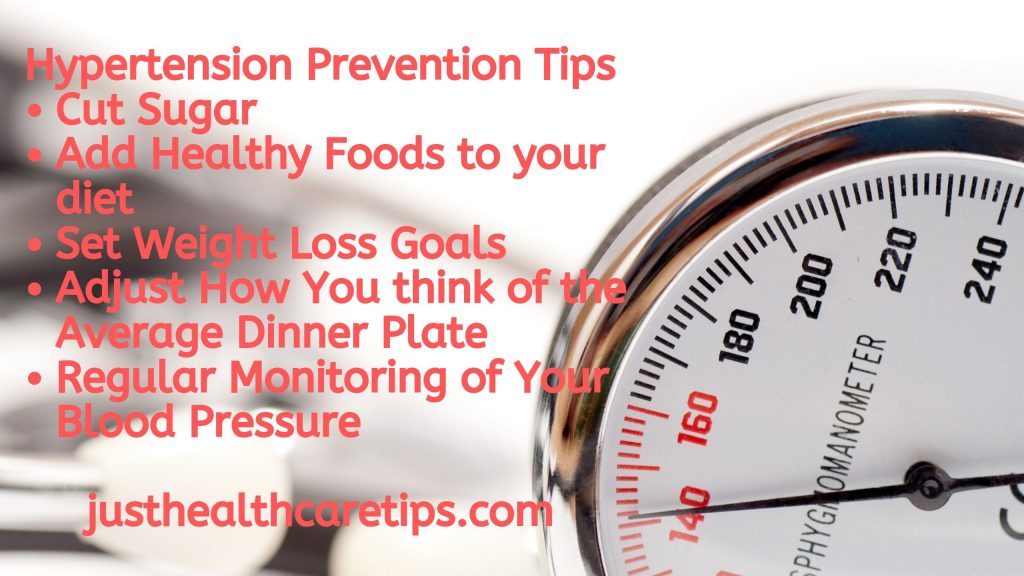
More often than not, it is said that “prevention is better than cure”. Taking steps to prevent Hypertension is very necessary.
Again, if you have risk factors for hypertension, there are steps you can take now to reduce your risk for the condition and the complications that come with it.
Some of these Hypertension Prevention Tips are:
#1. Cut sugar
Cutting sugar is a good strategy for Hypertension Prevention. Try to add fewer sugar-sweetened foods to your diet. Some examples of such foods are flavored yogurts, cereals, and sodas.
Also, packaged foods hide unnecessary sugar, so make sure you read labels properly.
#2. Add Healthy Foods to Your Diet
Another strategy for Hypertension Prevention is adding healthy foods to your diet. Gradually cultivate the habit of eating more servings of heart-healthy plants.
Try to eat more than seven servings of fruits and vegetables daily. Then also try to add one more serving every day for two weeks. After those two weeks are over, try to add one more serving.
The reason for this is to have ten servings of fruits and vegetables every day.
#3. Set Weight Loss Goals
Instead of setting the usual weight loss goal, speak with your doctor about a healthy weight for you.
The Centers for Disease Control and Prevention (CDC) Trusted Source suggests a weight loss goal of between one to two pounds every week. This means starting off eating 500 calories less daily than what you normally eat.
Next, choose the physical activity you can begin in order to reach that goal. If exercising five nights in a week is very hard to fit into your schedule, try to add one more night than what you’re doing right now. As soon as it comfortably fits into your schedule, you can add another night.
#4. Adjust How You think of the Average Dinner Plate
This is another Hypertension prevention strategy. Instead of eating meat and three sides, create dishes that use meat as a condiment.
In other words, instead of consuming a steak with a side salad meal, eat a bigger salad and use a smaller portion of steak to top it with.
#5. Regular Monitoring of Your Blood Pressure
The best way to avoid complications and prevent problems is to discover hypertension as early as possible.
You can go into your doctor’s office and get a blood pressure reading, or your doctor might ask you to buy a blood pressure cuff and take readings from the comfort of your home.
Don’t forget to keep a record of your blood pressure readings and show it to your doctor during regular doctor appointments. This can help your doctor discover possible problems before the condition becomes severe.
CONCLUSION:
Hypertension or High Blood Pressure as a lot of people call it is a life-threatening health challenge that requires immediate medical attention. It can lead to complications like Stroke and Heart Attacks which could lead to death.
Furthermore, people who are already experiencing the symptoms of High Blood Pressure should visit their healthcare team as quickly as possible. This will help them avoid severe complications.
Lastly, people concerned that they are at risk of developing High Blood Pressure can ask for how to make healthful lifestyle changes from their doctor. This can help them prevent Hypertension.
Does this article meet your immediate needs? If yes, leave us a response in the comment box below letting us know how we were able to help.
If no, also leave a response on the comment box to express your concern or ask a question and we will get back to you as soon as possible.
Regards,
Just Health Care Tips.
WE ALSO RECOMMEND:




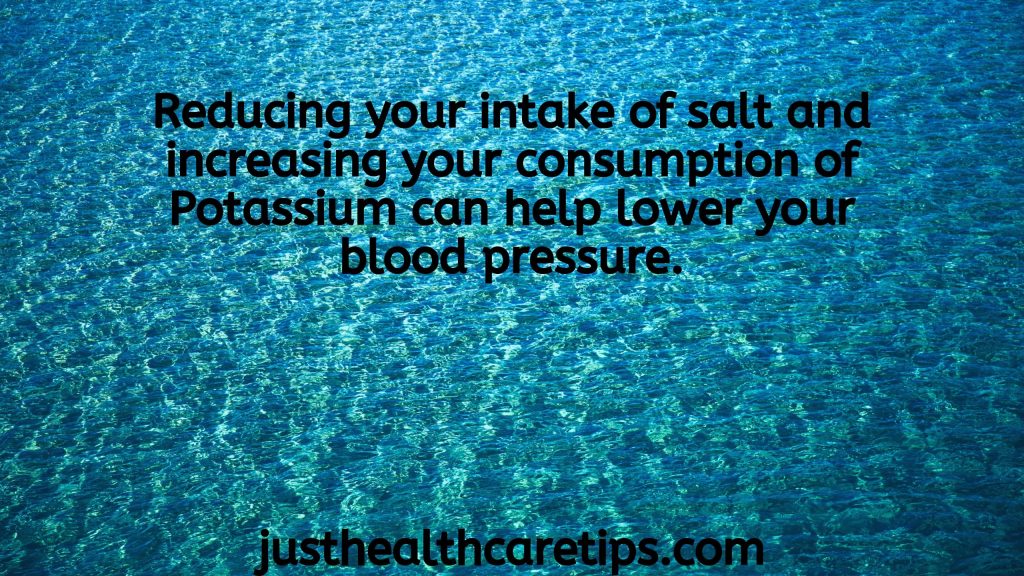

Discussion about this post